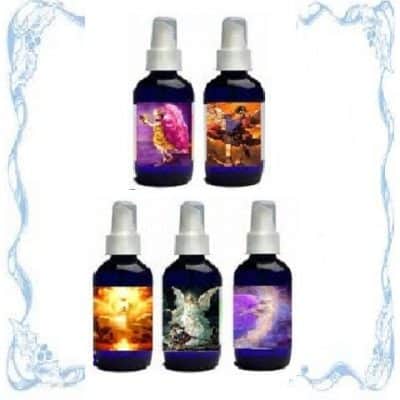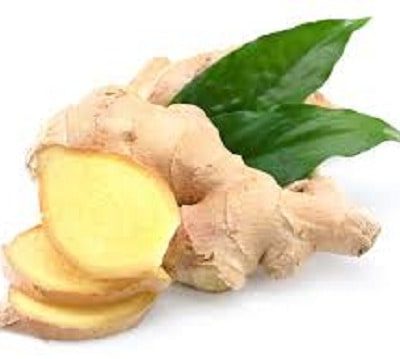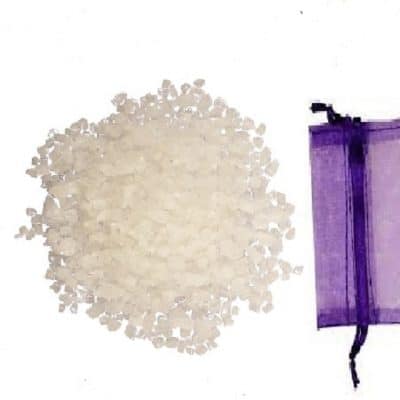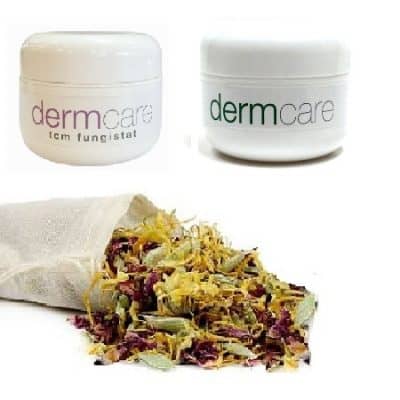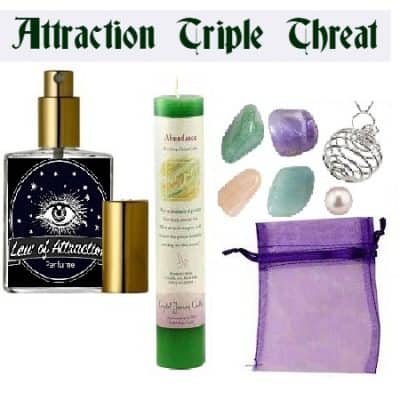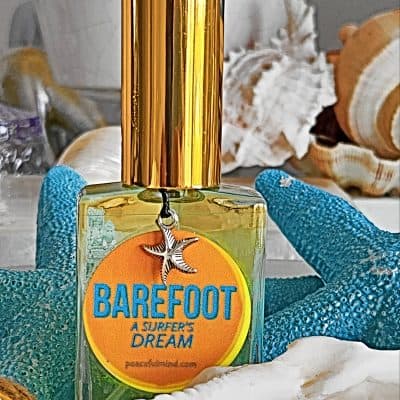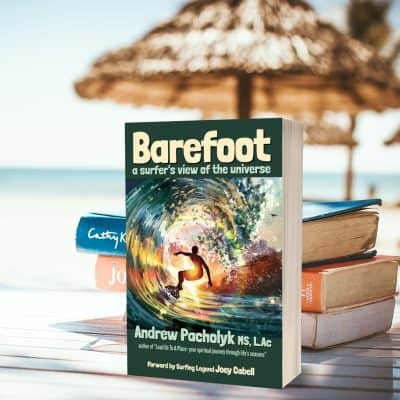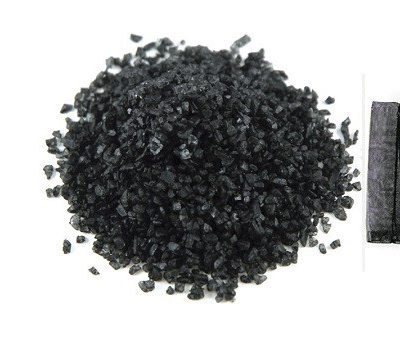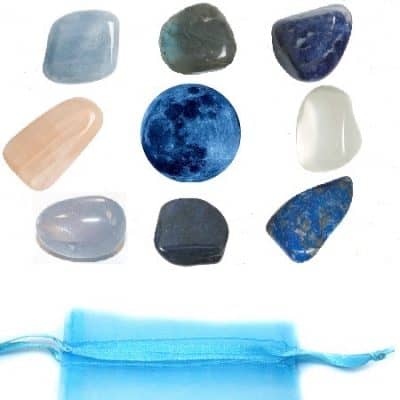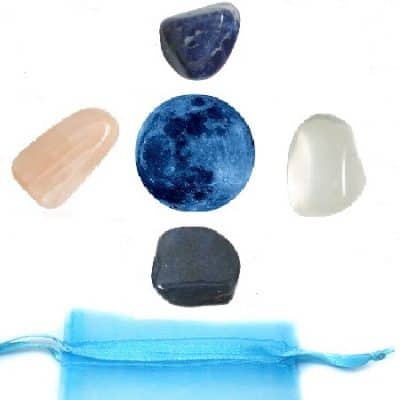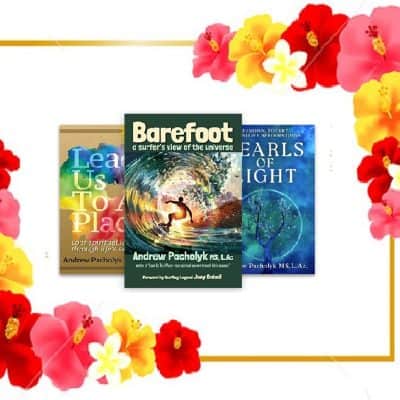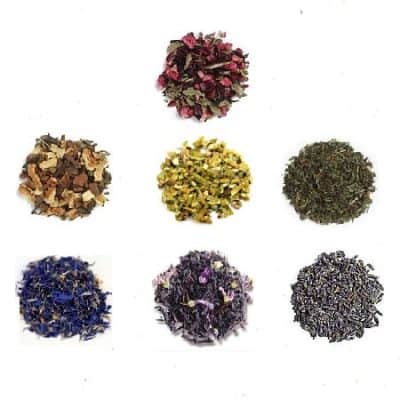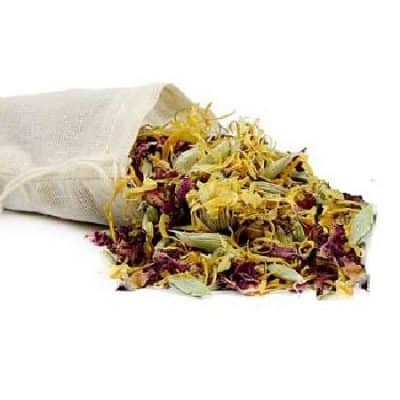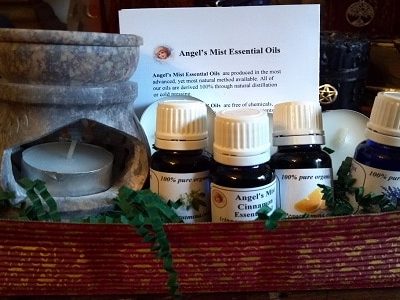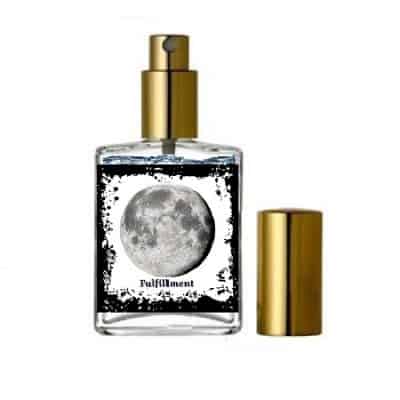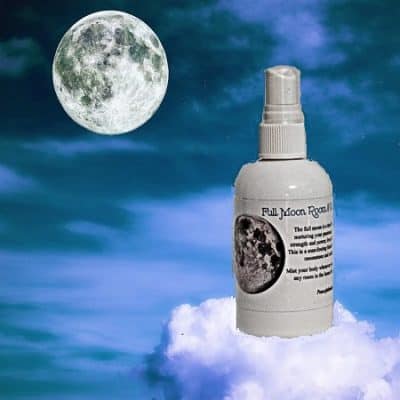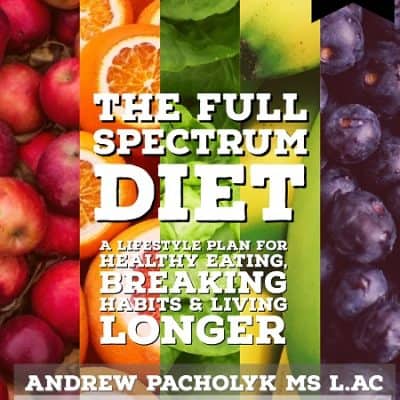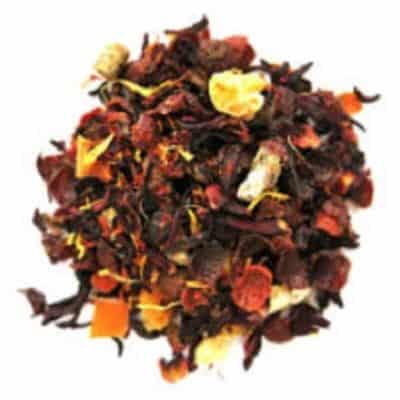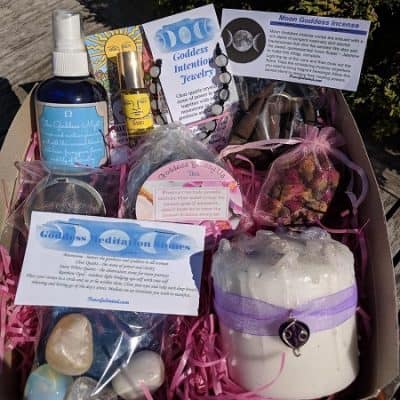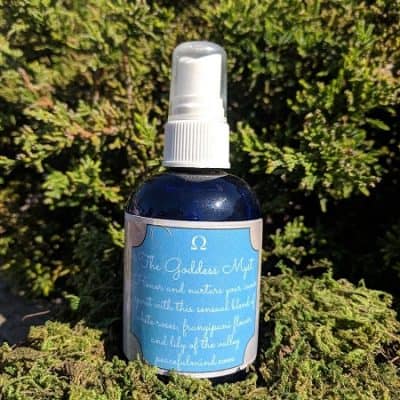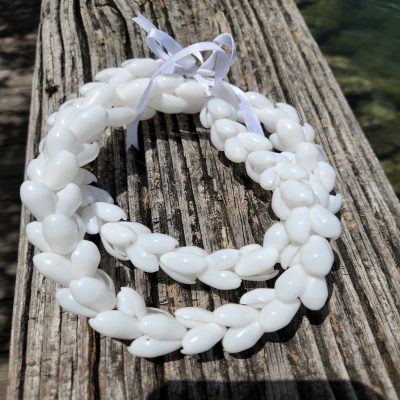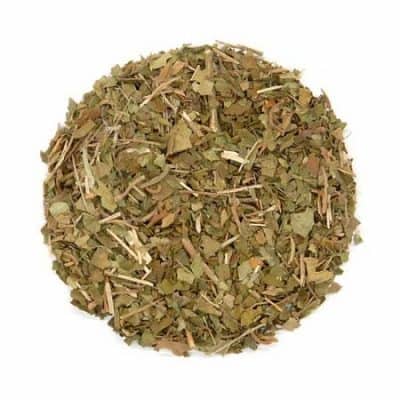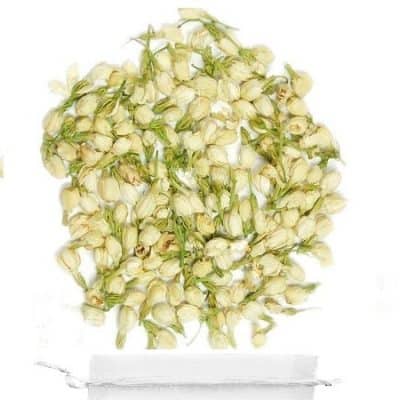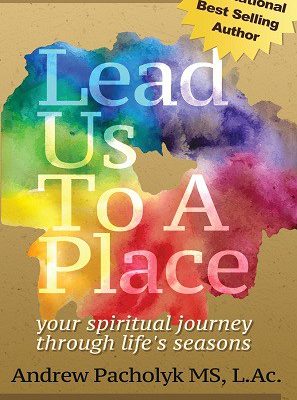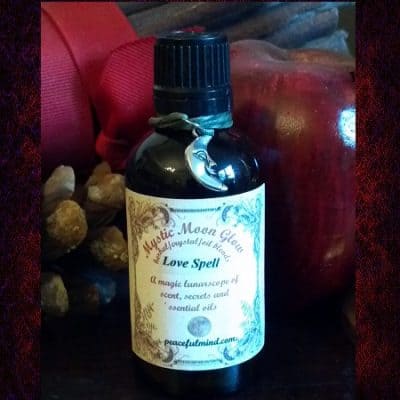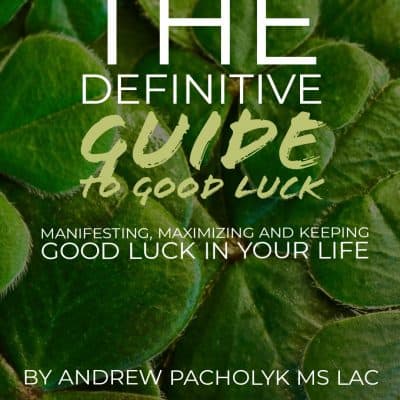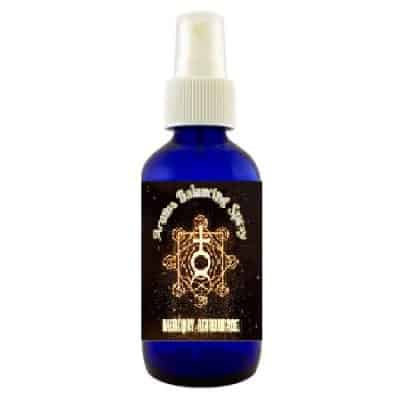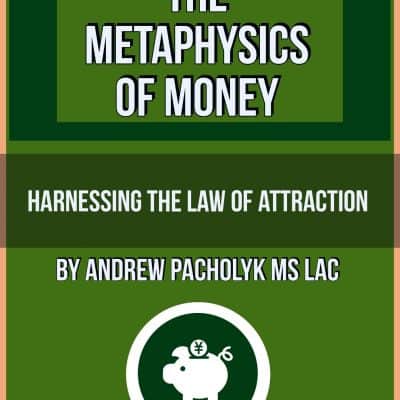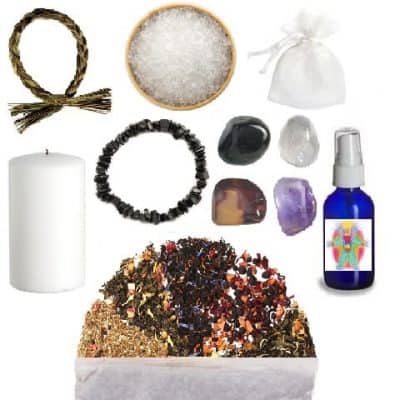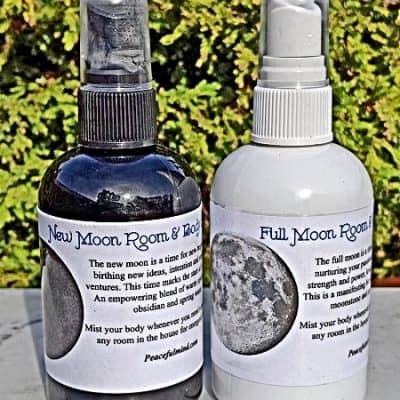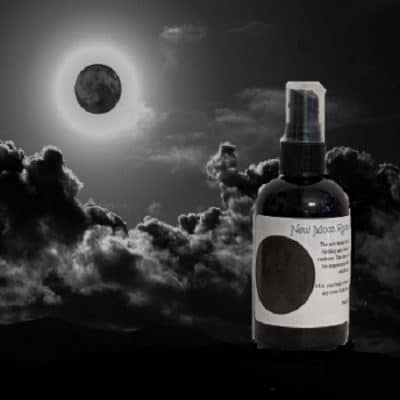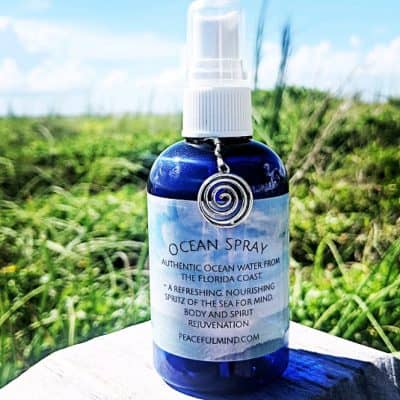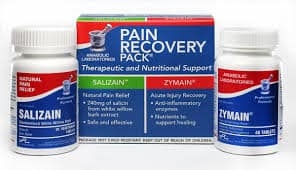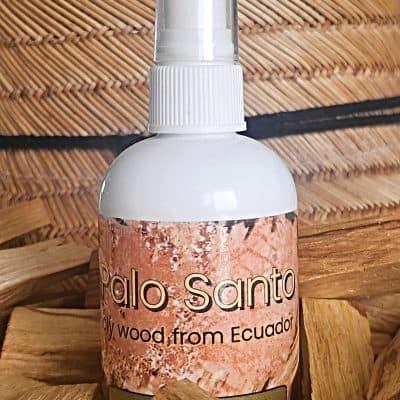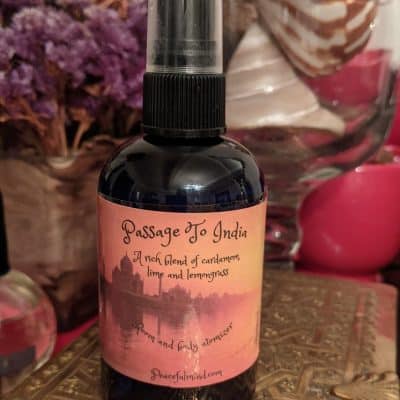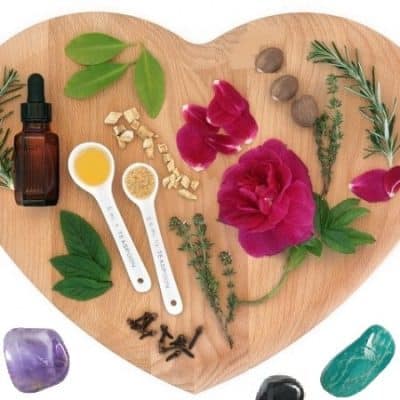
~What is “Anti-Aging” Therapy?
Modern theories of aging are generally looked at in two theoretical ways; the damage theories and programmed theories. The Damage Theories primarily looks at the damage that our cells incur over time. This looks at Extrinsic aging which is the aging process compounded by externally caused factors. The Programmed Theories are primarily concerned with the genetics of how long and how efficient our cells can maintain optimum health. This looks at Intrinsic aging which is aging due to the rate of passing time.
On this page, understand how we age Learn about free radicals, which cause oxidative stress, damaging cell membranes, causing inflammation. Learn more about sugar and inflammation. Discover the anti-aging supplements, what we call the major players and the anti-aging enemies. Take a look at the blood test panels for aging males and females. We offer Top 10 Secrets for graceful aging, the power behind natural skin care treatments, how to eat to stay young, how to work with vitamin therapy, secrets to exercise and anti-aging and the best treatments to enhance any healthcare regime!
Anti-Aging Tools
-
Sale!

“Matrix Mud” Green Clay
Original price was: $ 19.95.$ 14.95Current price is: $ 14.95. -
Sale!

3-Step Weight Loss Solution Kit
Original price was: $ 79.95.$ 75.95Current price is: $ 75.95. -
Sale!
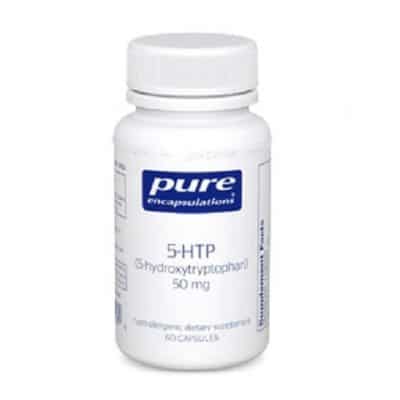
5HTP
Original price was: $ 39.80.$ 34.95Current price is: $ 34.95. -

7 Chakra Sage Smudge Stick
$ 6.95 -
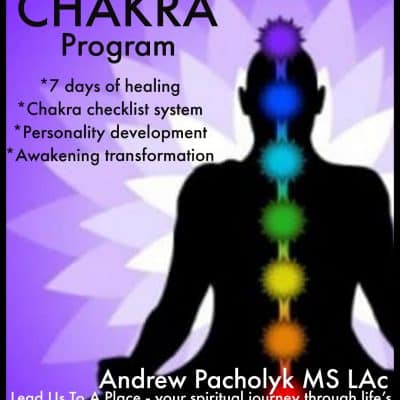
7 Day Chakra Program Ebook
$ 9.95 -

Acidophilus Pearls
$ 16.95 -
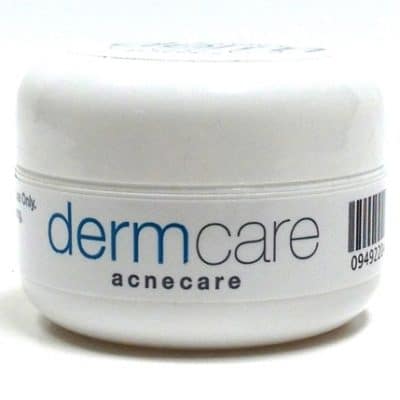
AcneCare Cream
$ 34.95 -
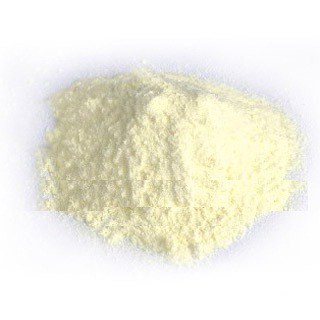
AcneCyst Powder
$ 24.95 -
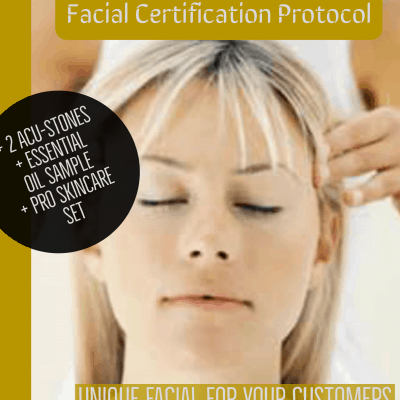
Acupressure Facial Course
$ 99.00 -
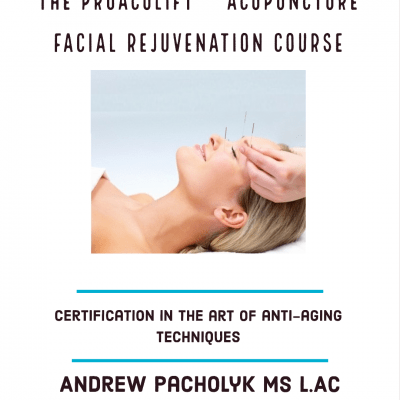
Acupuncture Facial Course
$ 299.00 -
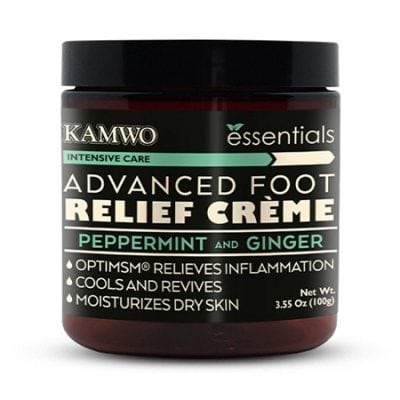
Advanced Foot Relief Cream
$ 28.00 -

Aller-C
$ 29.95 -
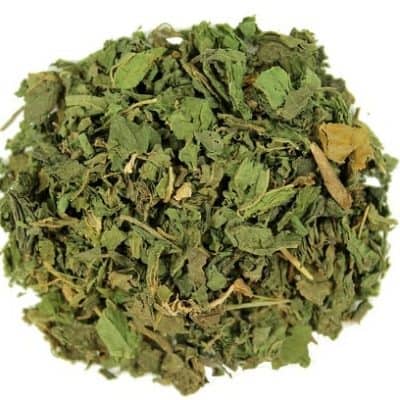
Allergy Tea
$ 8.95 -
Sale!
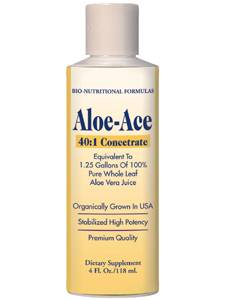
Aloe Vera Liquid
Original price was: $ 34.95.$ 31.95Current price is: $ 31.95. -
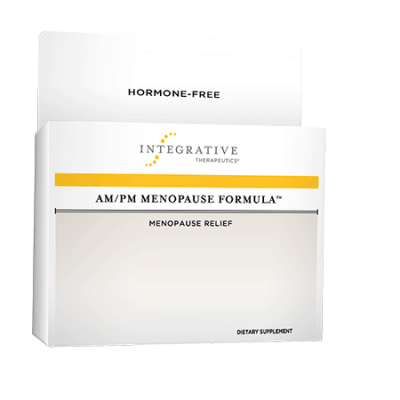
AM/PM Menopause Formula
$ 24.95 -

Angel Incense Collection
$ 6.95 -

Angel’s Mist Geranium Essential Oil
$ 23.00 -
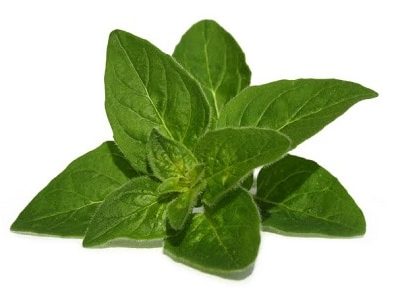
Angel’s Mist Oregano Essential Oil
$ 23.00 -
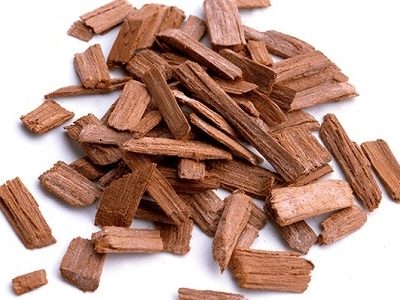
Angel’s Mist Sandalwood Essential Oil
$ 23.00 -
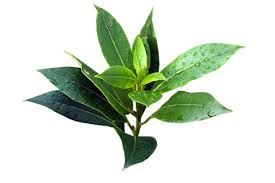
Angel’s Mist Tea Tree Essential Oil
$ 14.00 -
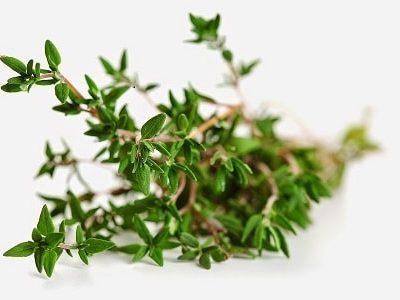
Angel’s Mist Thyme Essential Oil
$ 14.00 -
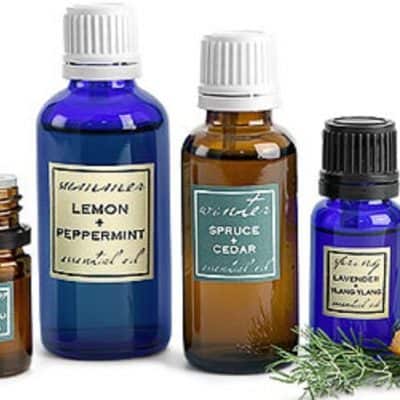
Angel’s Mist Aroma Remedy Blends
$ 19.95 -

Angel’s Mist Deep Soak Sea Salts
$ 14.95 -
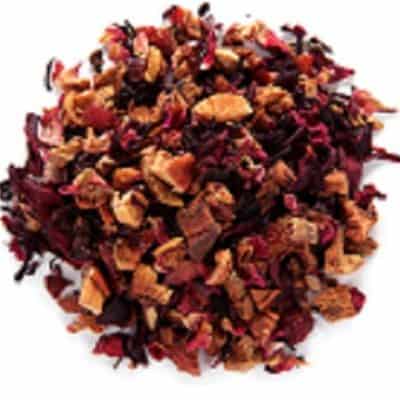
Aphrodisiac Tea
$ 8.95 -

Apple Cider Vinegar 12 oz
$ 8.95 -
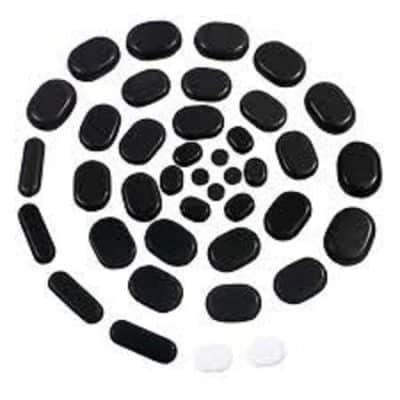
Aroma Stone Massage Kit
$ 114.95 -
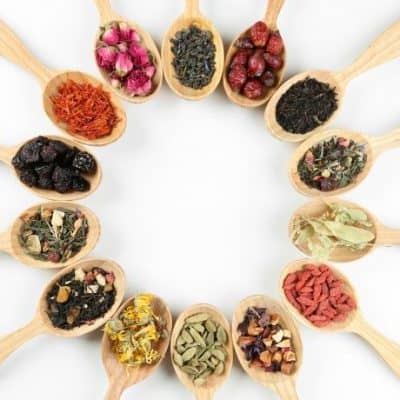
AromaThera-Teas by the Pound
$ 29.95 -
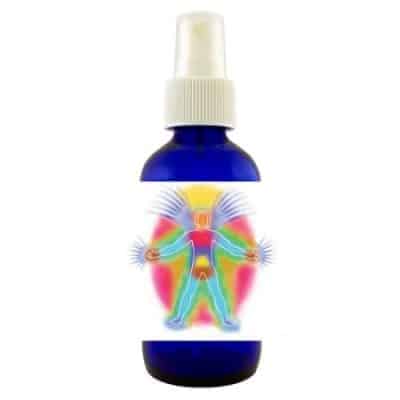
Aura Vibrational Myst
$ 14.95 -
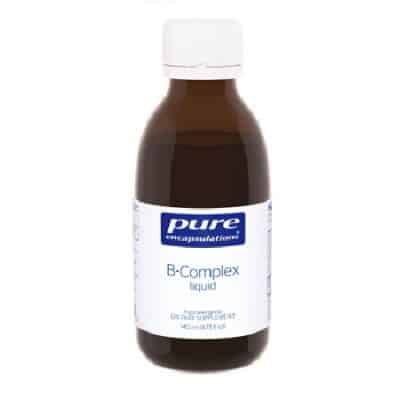
B-Complex Liquid
$ 29.95 -
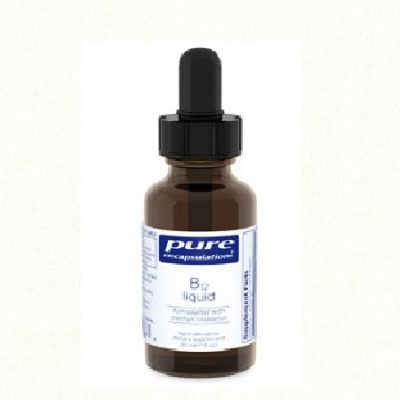
B12 Liquid
$ 18.95 -
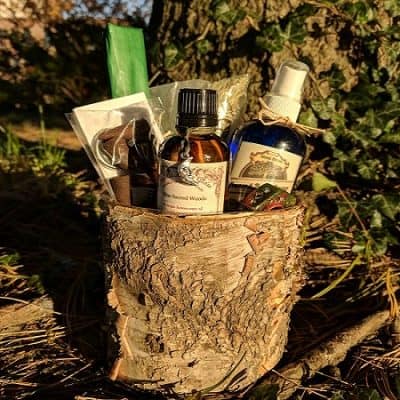
Birch Gift Basket
$ 34.95 -
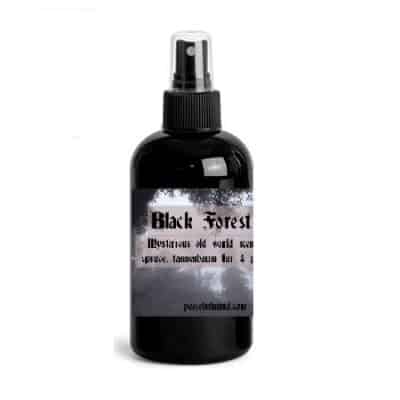
Black Forest Myst
$ 14.95 -

Blissful Bath, Peaceful Sleep
$ 34.95 -
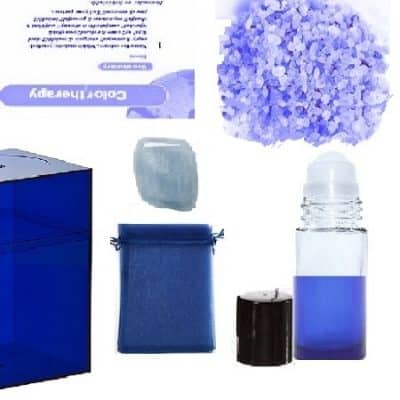
Blue Color Therapy Kit
$ 24.95 -
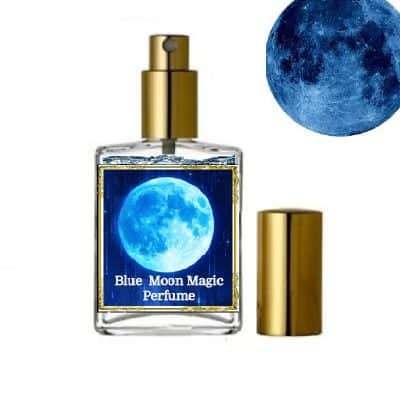
Blue Moon Perfume
$ 28.00 -
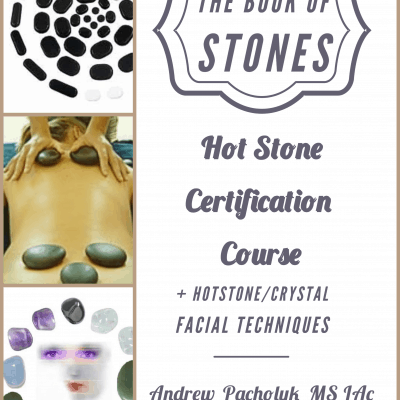
Book of Stones Course
$ 249.00 -
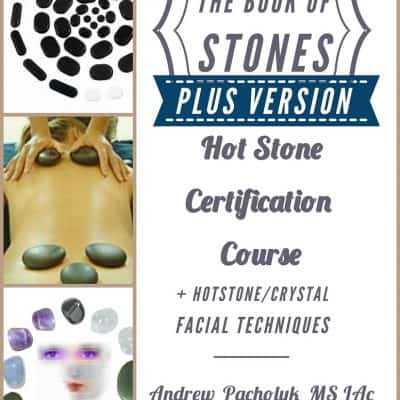
Book of Stones Course PLUS
$ 299.00 -

Breath of Life Tea
$ 8.95 -
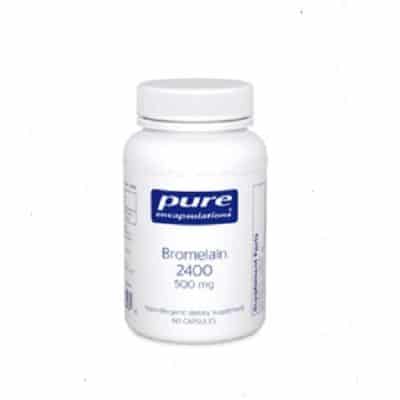
Bromelain
$ 29.95 -

Calcium-Magnesium
$ 29.95 -
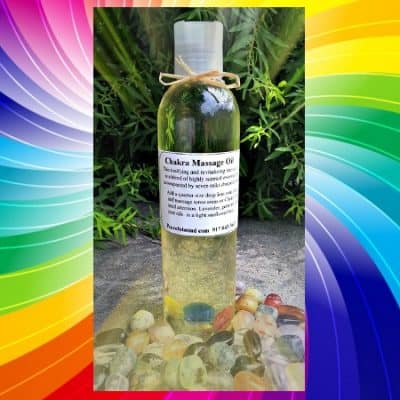
Chakra Massage Oil
$ 19.95 -
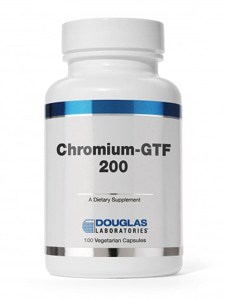
Chromium GTF 200 mcg 100 vcaps
$ 9.95 -
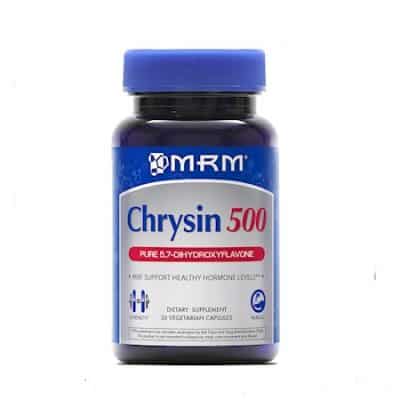
Chrysin 500
$ 29.95 -
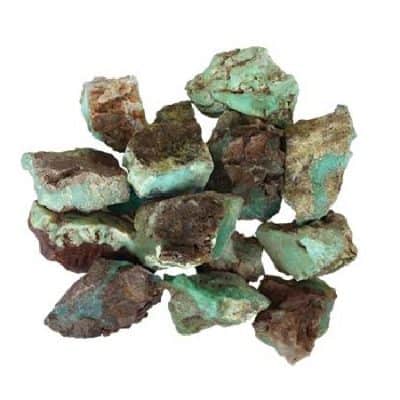
Chrysoprase Rough
$ 5.95 -

Circulatory Health
$ 21.95 -
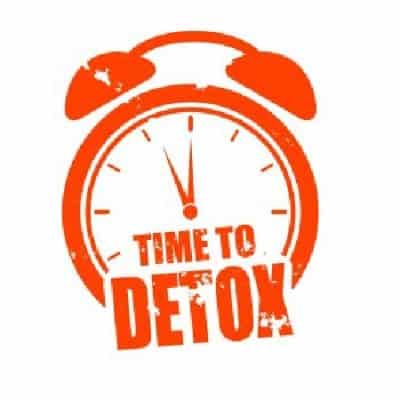
Cleanse & Detox Tincture
$ 21.95 -
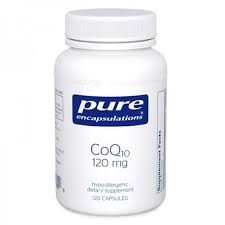
Coenzyme Q10
$ 59.95 -

Cold Stone Massage Kit
$ 39.95 -

Color Elite Facial System
$ 49.95 -
Sale!

Color Therapy Anti-Bacterial Soap
Original price was: $ 6.95.$ 5.95Current price is: $ 5.95. -
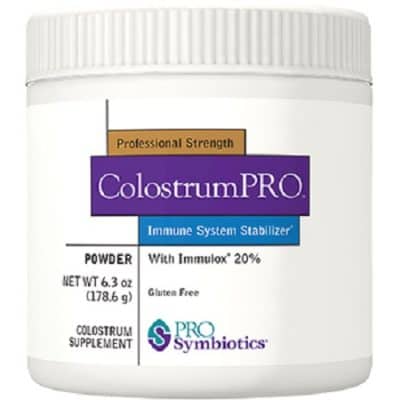
ColostrumPRO Powder
$ 64.95 -

Corn Silk Tincture
$ 19.00 -

Cough & Cold Tea
$ 8.95 -
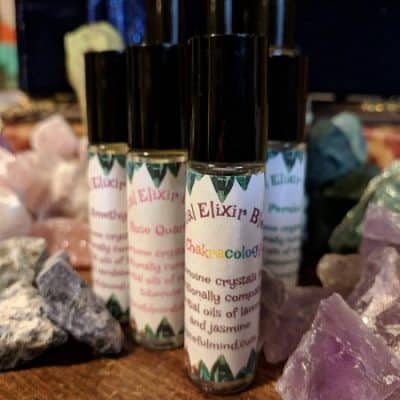
Crystal Elixir Oils
$ 11.95 -
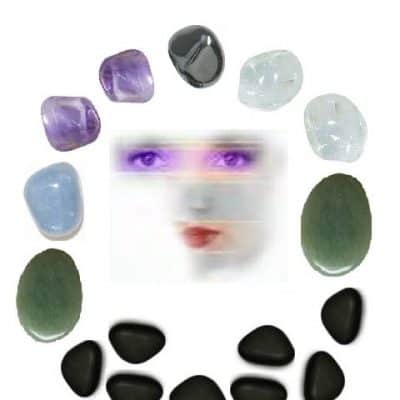
Crystal Facial Kit
$ 49.95 -
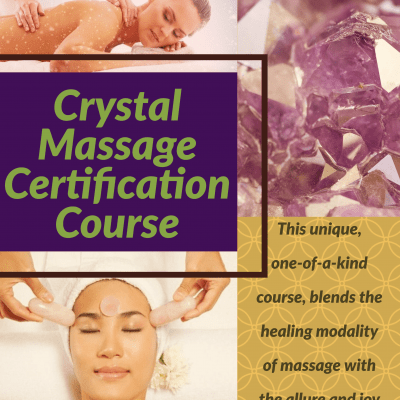
Crystal Massage Course
$ 249.00 -
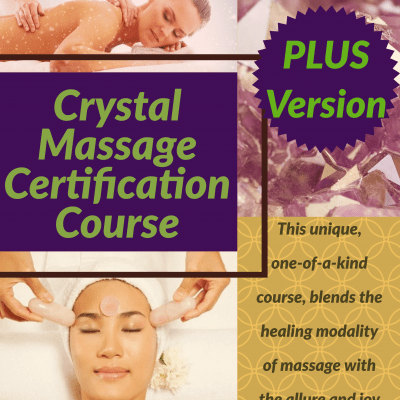
Crystal Massage PLUS
$ 269.00 -
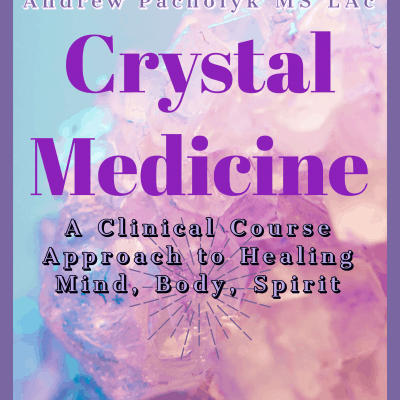
Crystal Medicine Course
$ 245.00 -

Crystal Medicine Course Online
$ 245.00 -
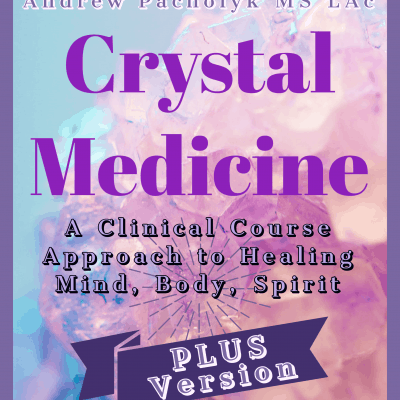
Crystal Medicine PLUS
$ 269.95 -
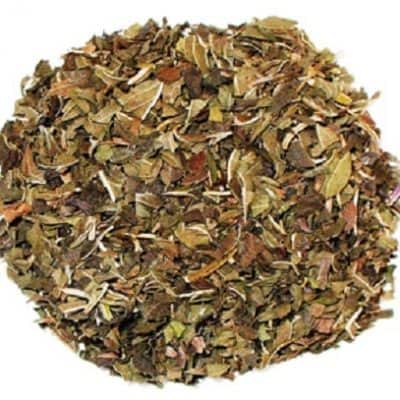
D-tox Tea
$ 8.95 -

Dandelion Tincture
$ 19.00 -

DermaBlend Granule Formula
$ 39.95 -
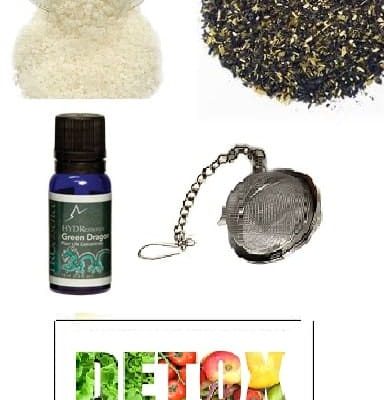
Detox Complete System
$ 49.95 -

DHEA 50 mg
$ 24.00 -
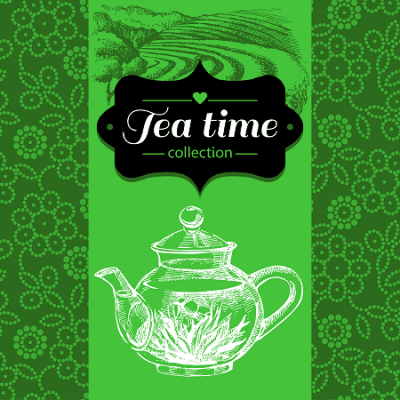
Dietary Green Herbal Tea Bags
$ 9.95 -

Digestive Enzymes Ultra
$ 29.95 -

DIM Plus 60 caps
$ 22.95 -
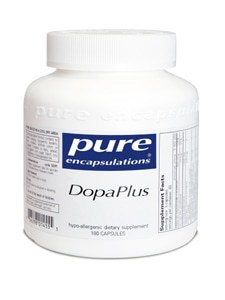
DopaPlus Mood Support
$ 44.95 -

Drainage-Tone Formula
$ 38.00 -

Drying Powder
$ 24.95 -
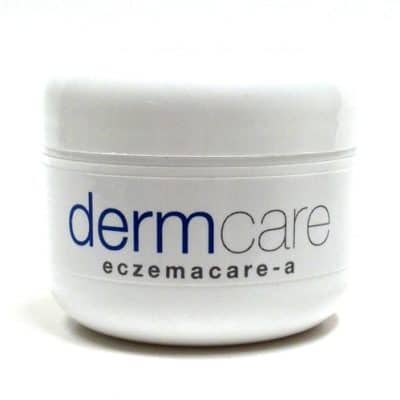
EczemaCare Cream Acute
$ 34.95 -
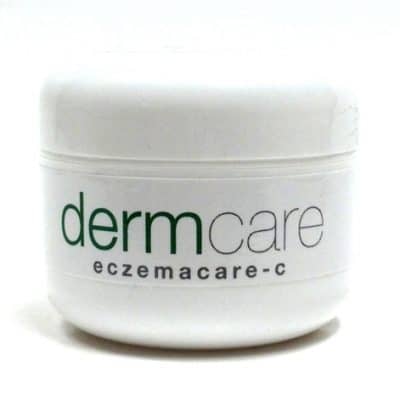
EczemaCare Cream Chronic
$ 34.95 -
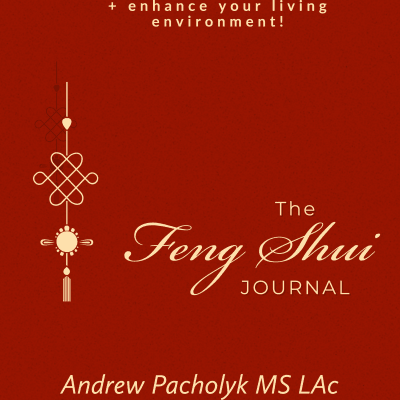
Feng Shui Course
$ 179.95 -

Flaxseed Oil Gel Caps
$ 19.95 -
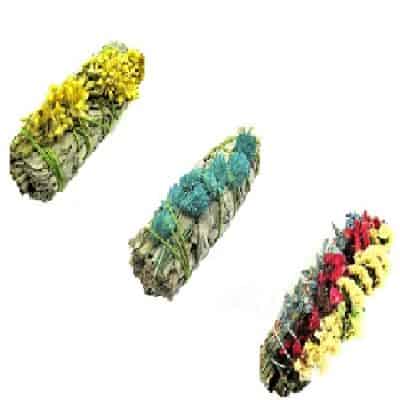
Floral Sage Pack
$ 19.95 -
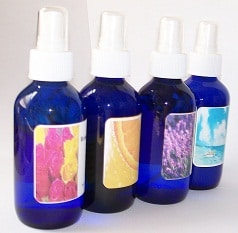
Floral Water Hydro-Sprays
$ 14.95 -

Flower Garden Candle Set
$ 14.95 -
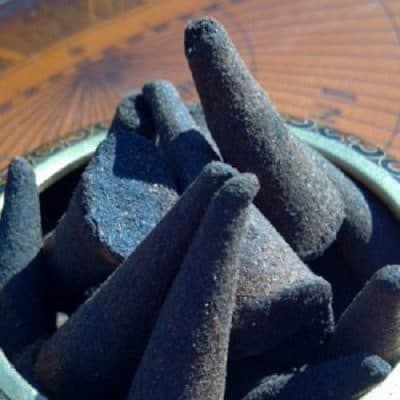
Flower Power Incense Cones
$ 5.95 -
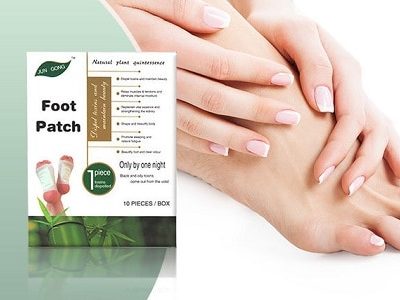
Foot Detox Patches
$ 29.95 -
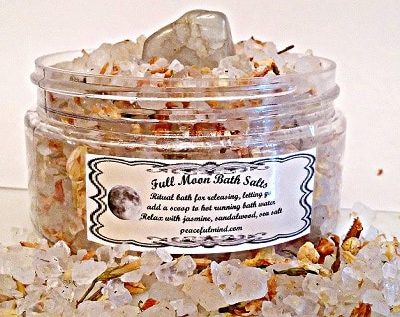
Full Moon Bath Salts
$ 14.95 -
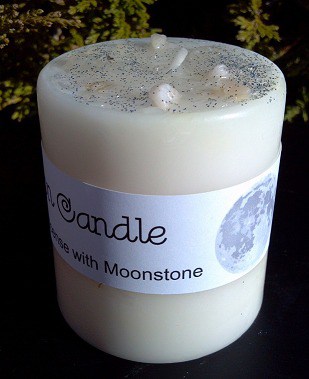
Full Moon Candle
$ 14.95 -
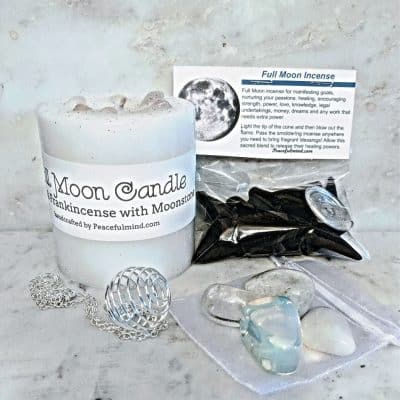
Full Moon Ritual Kit
$ 29.95 -
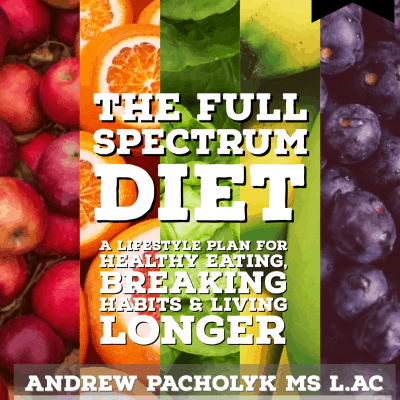
Full Spectrum Diet and Kit
$ 39.95 -

G.I Detox 60 caps
$ 31.95 -
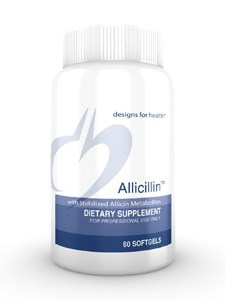
Garlic Allicillin™ 60 gels
$ 29.95 -
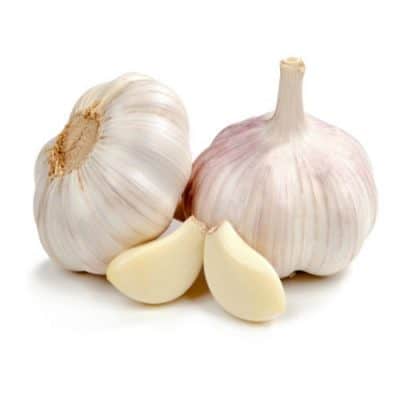
Garlic Tincture
$ 19.00 -
Sale!
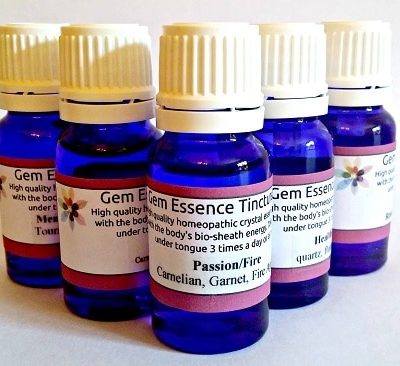
Gem Eessence Tincture
Original price was: $ 19.95.$ 14.95Current price is: $ 14.95. -
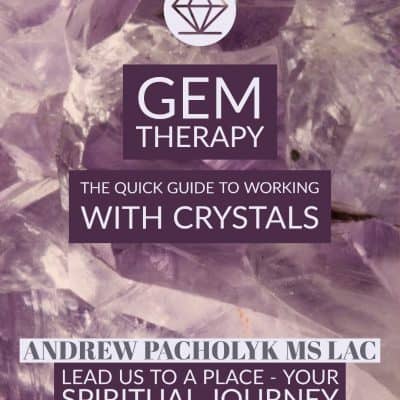
Gem Therapy Ebook
$ 11.95 -
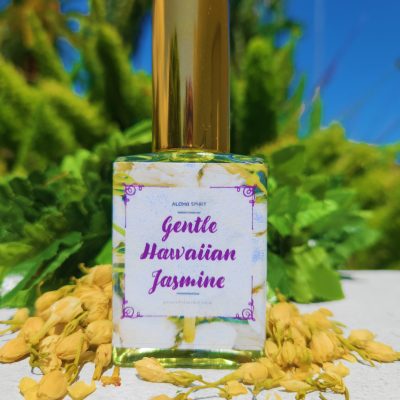
Gentle Hawaiian Jasmine
$ 29.00 -

GI Fortify
$ 39.95 -
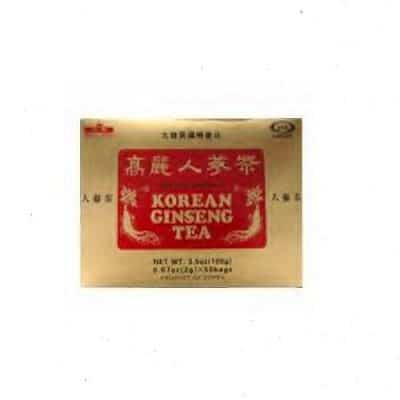
Ginger Tea Granules
$ 8.95 -
Sale!

Glucosamine Chondroitin with MSM
Original price was: $ 34.00.$ 29.95Current price is: $ 29.95. -
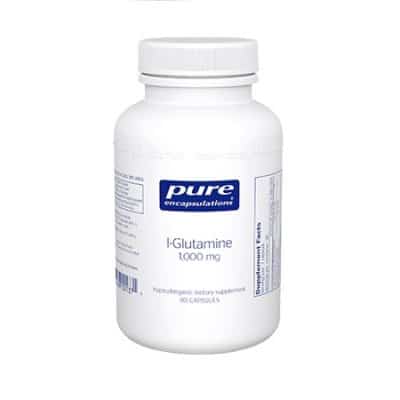
Glutamine
$ 29.95 -

Gluten/Dairy Digest
$ 27.95 -

Goddess Crystal Candle
$ 17.95 -

Goddess Crystal Collection
$ 19.95 -
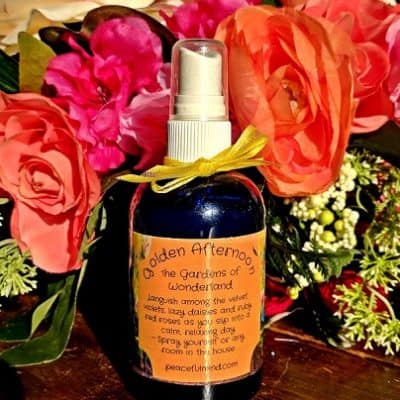
Golden Afternoon Mood Spray
$ 14.95 -
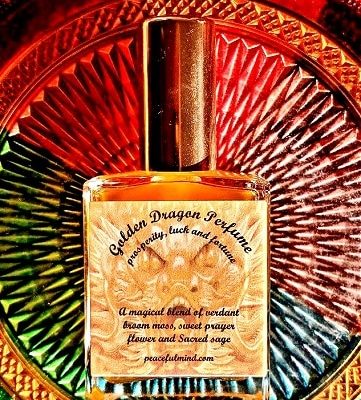
Golden Dragon Mystic Perfume
$ 28.00 -
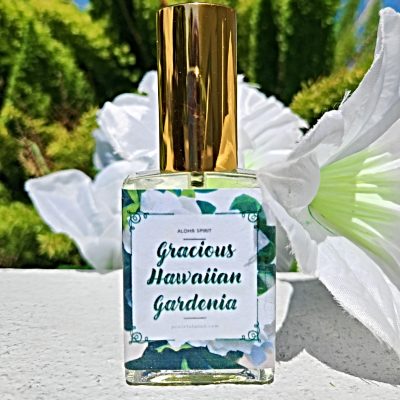
Gracious Hawaiian Gardenia Perfume
$ 29.00 -
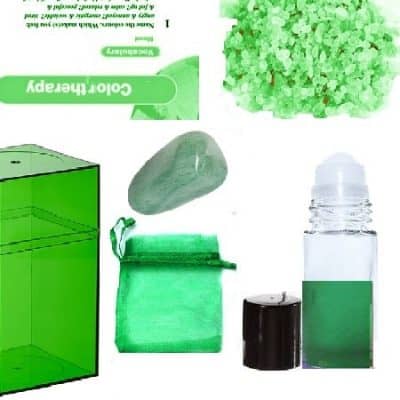
Green Color Therapy Kit
$ 24.95 -
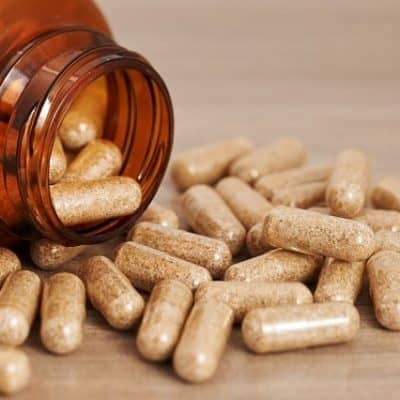
Green Tea Antioxidant
$ 38.00 -
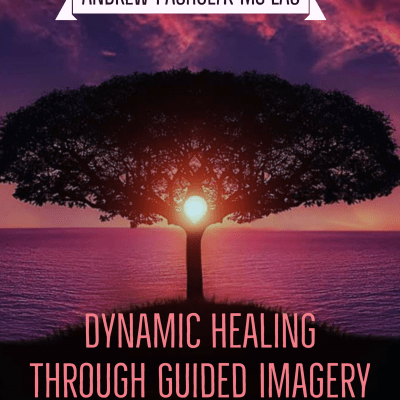
Guided Imagery Course
$ 225.00 -

Guided Imagery Course Online
$ 225.00 -
Sale!
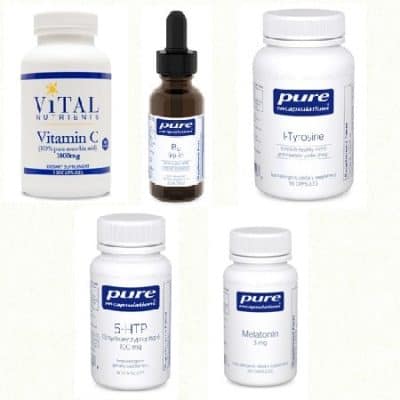
Happiness Supplement Pack for SAD
Original price was: $ 88.00.$ 79.95Current price is: $ 79.95. -
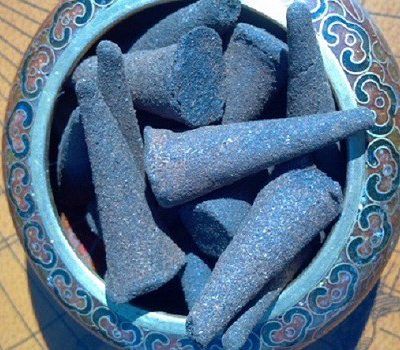
Hawaiian Plumeria Cone Incense
$ 5.95 -
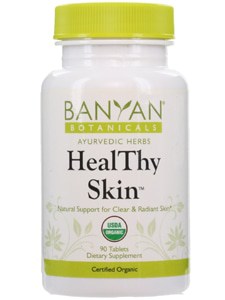
Healthy Skin 90 tabs
$ 34.95 -
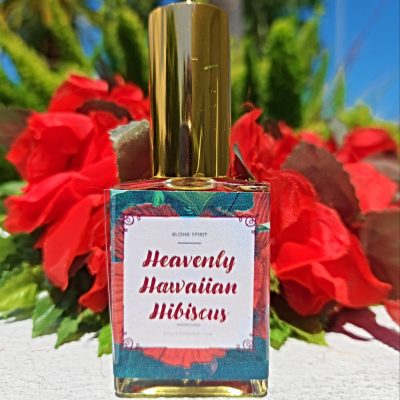
Heavenly Hibiscus Perfume
$ 29.00 -
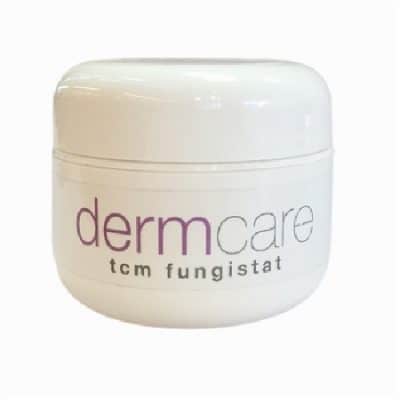
Herbal Fungal Cream
$ 24.95 -
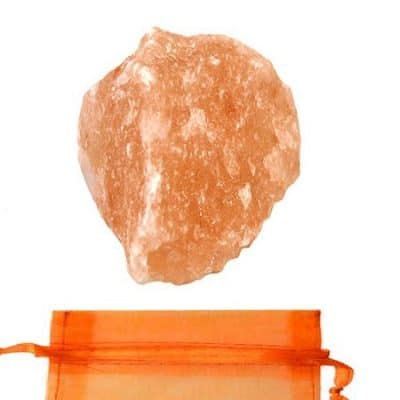
Himalayan Salt Raw
$ 1.95 -
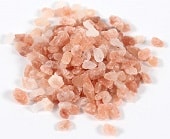
Himalayan Sea Salt
$ 12.95 -

Imbolc Crystal Pouch
$ 14.95 -
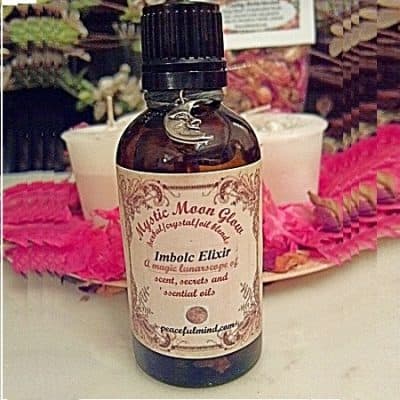
Imbolc Elixir Oil
$ 9.95 -
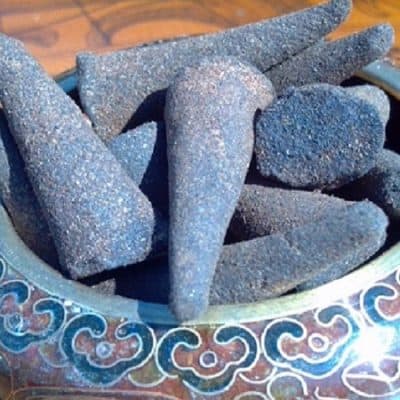
India’s Sweetest Flower Incense
$ 5.95 -
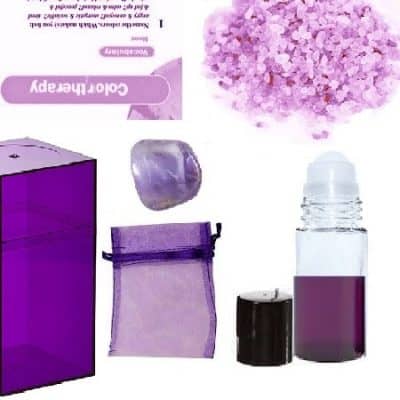
Indigo Color Therapy Kit
$ 24.95 -
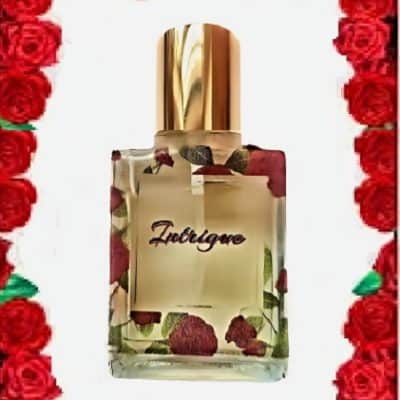
Intrigue Perfume
$ 32.00 -
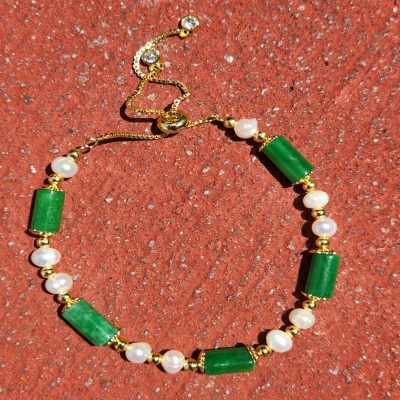
Jade and Pearl Bracelet
$ 48.00 -

Jasmine Incense Cones
$ 4.95 -
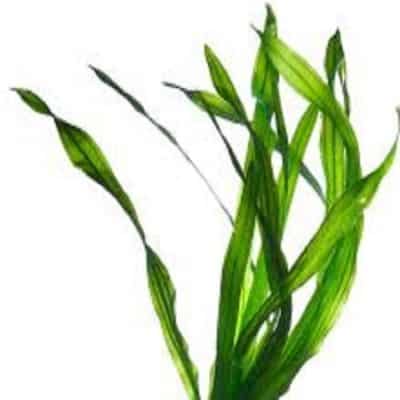
Kelp Tincture
$ 19.00 -
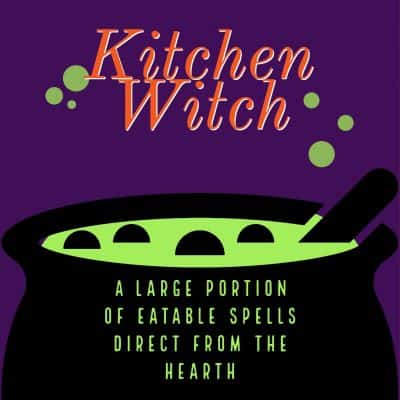
Kitchen Witch Ebook
$ 9.95 -
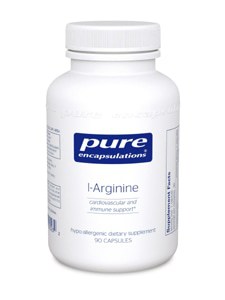
L-Arginine
$ 21.00 -
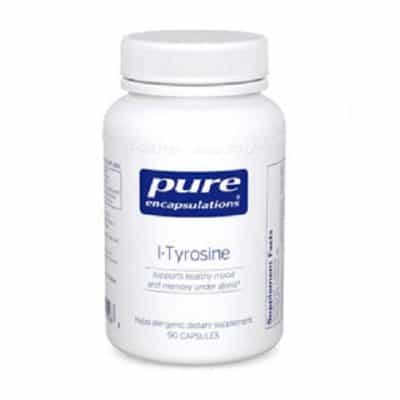
L-Tyrosine
$ 24.95 -
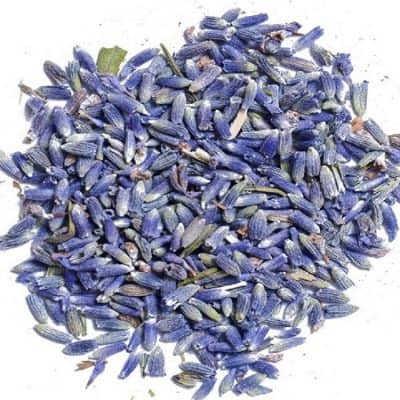
Lavender Bud Incense
$ 4.95 -
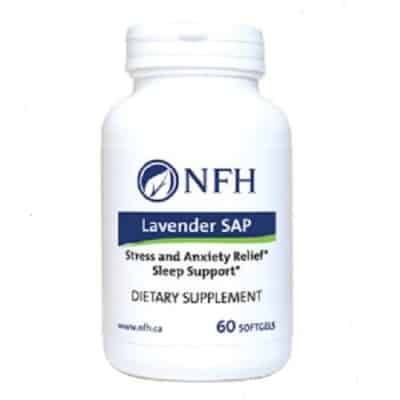
Lavender Stress Anxiety Pills
$ 39.95 -
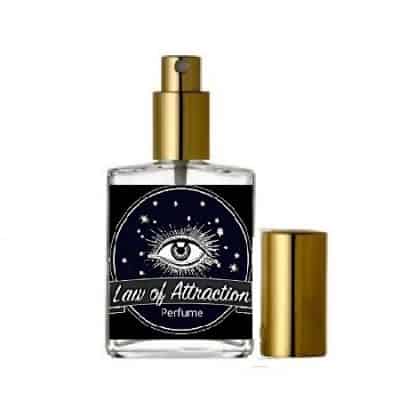
Law of Attraction Perfume
$ 24.00 -
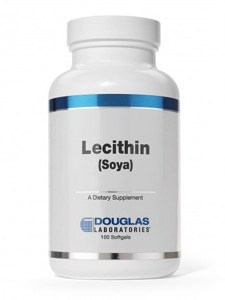
Lecithin 1200 mg 100 gels
$ 15.95 -
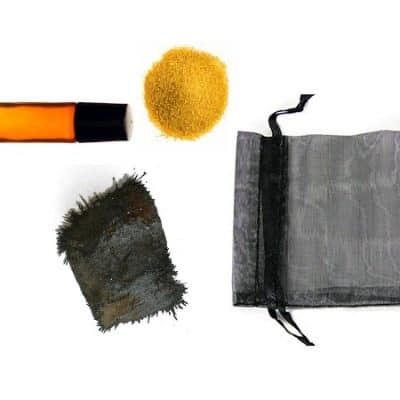
Lodestone Mojo Kit
$ 21.95 -
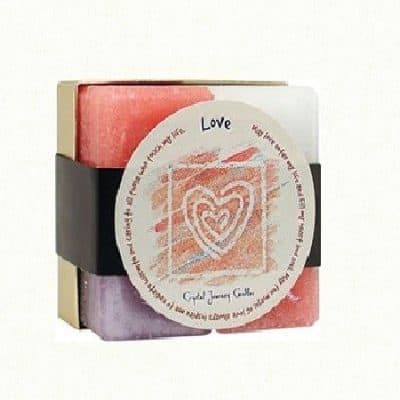
Love Candle Set
$ 14.95 -
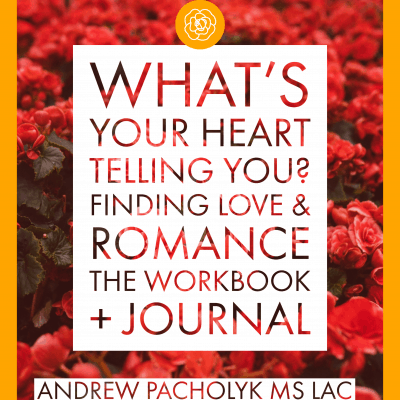
Love Romance Course
$ 189.95 -
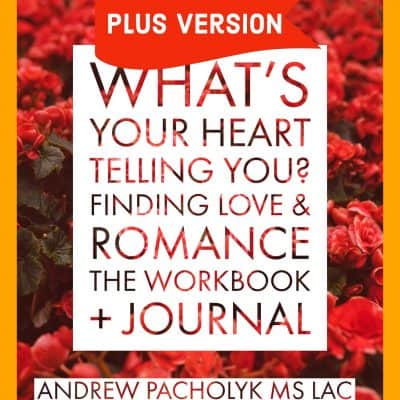
Love Romance Course PLUS
$ 225.00 -
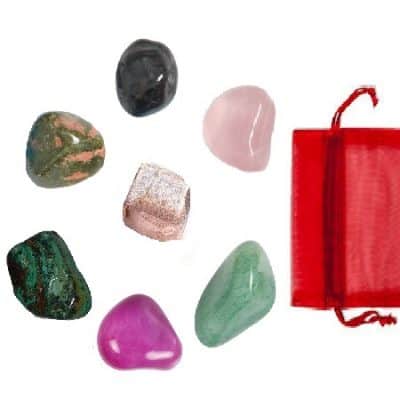
Love Stone Collection
$ 21.95 -
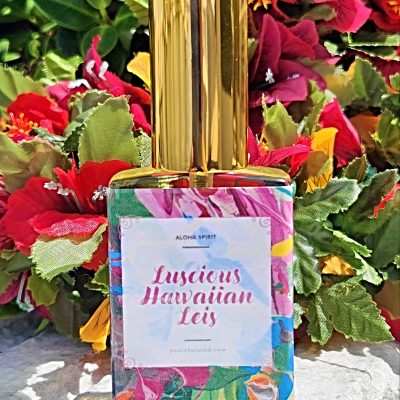
Luscious Hawaiian Leis Perfume
$ 29.00 -
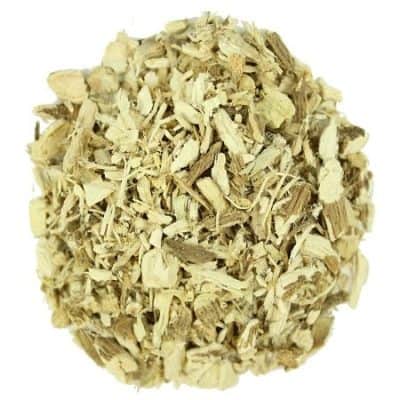
Marshmallow Root Tincture
$ 19.00 -
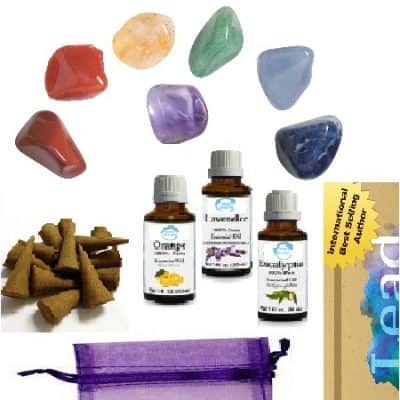
Meditation and Journal Kit
$ 49.95 -
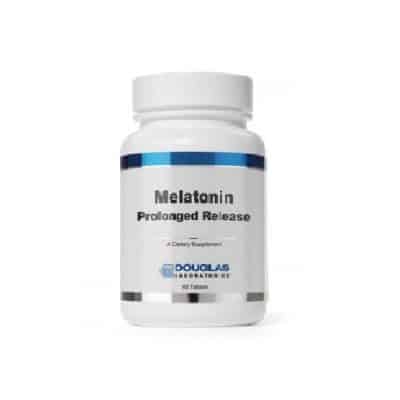
Melatonin
$ 14.95 -
Sale!
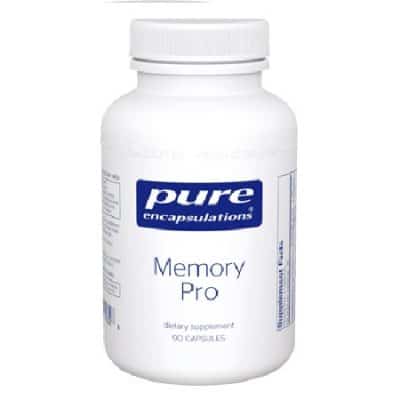
Memory Pro
Original price was: $ 54.00.$ 44.95Current price is: $ 44.95. -

Men’s Nutrients Men’s Multi-vitamin
$ 49.95 -
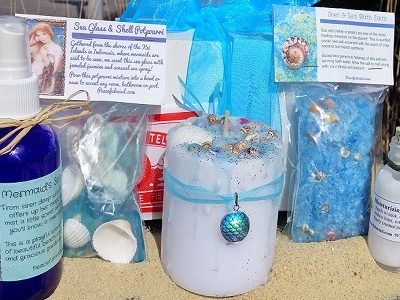
Mermaid Gift Set
$ 39.95 -
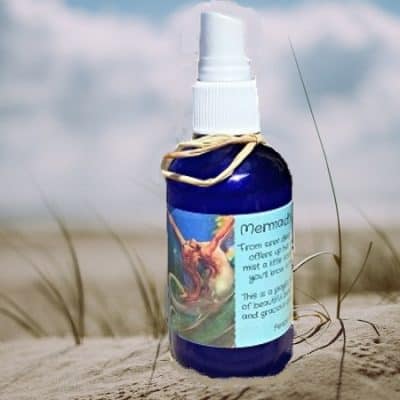
Mermaid Sea Spray
$ 14.95 -
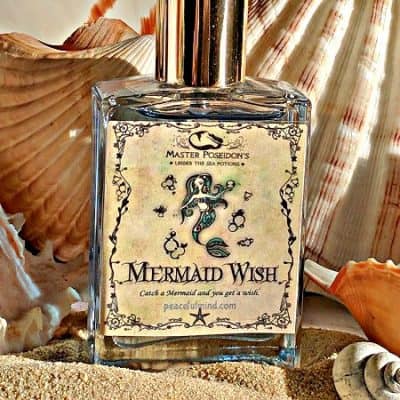
Mermaid’s Wish Perfume
$ 28.00 -

Milk & Honey Candle
$ 17.77 -
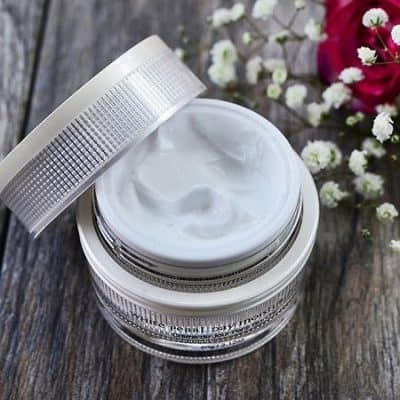
Moisturizing Pearl Cream
$ 26.00 -
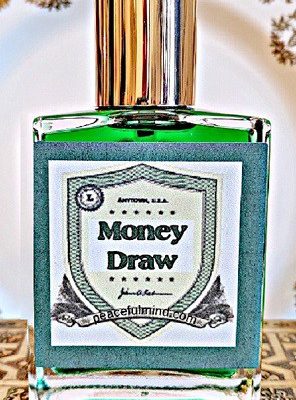
Money Draw Perfume
$ 28.00 -
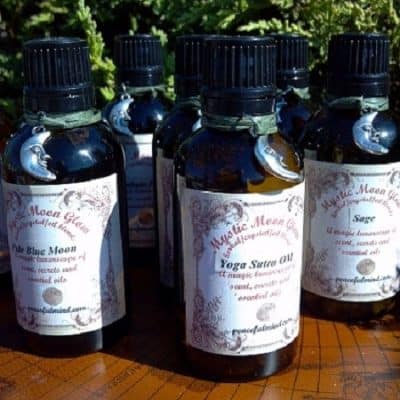
Mystic MOON Glow Essential Oil Blends
$ 9.95 -
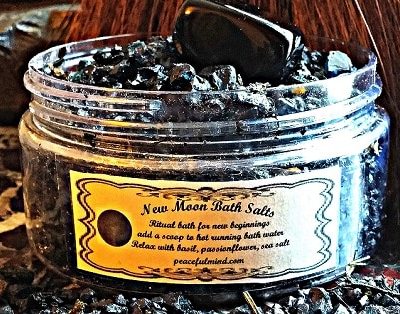
New Moon Bath Salts
$ 14.95 -
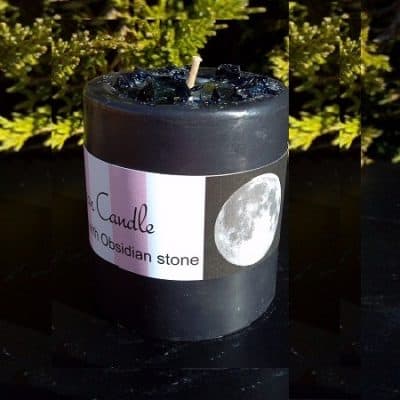
New Moon Candle
$ 14.95 -
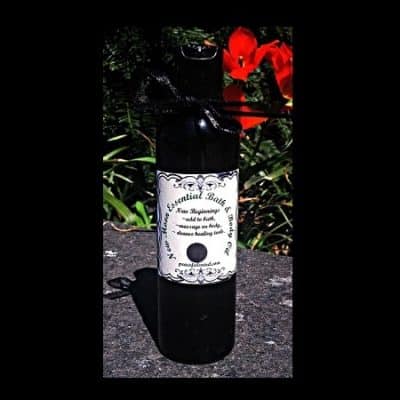
New Moon Essential Bath & Body Oil
$ 19.95 -
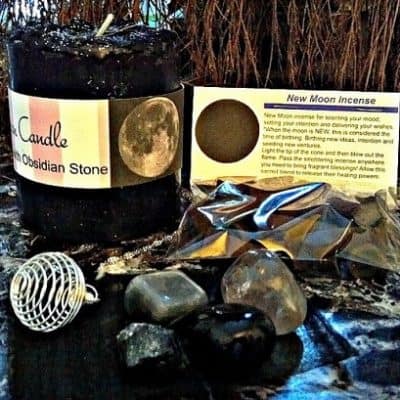
New Moon Ritual Kit
$ 29.95 -
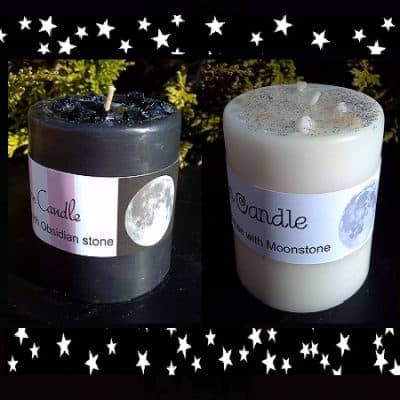
New Moon/Full Moon Candle Set
$ 27.95 -
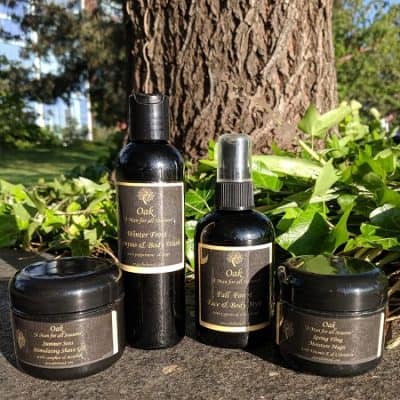
Oak Skin Care
$ 34.95 -
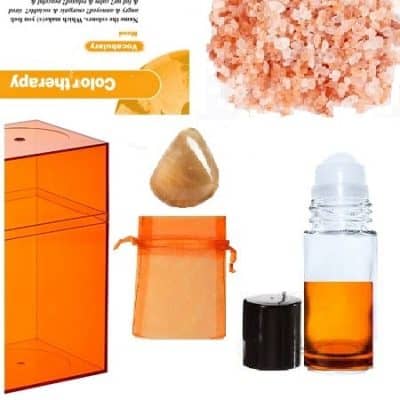
Orange Color Therapy Kit
$ 24.95 -
Sale!
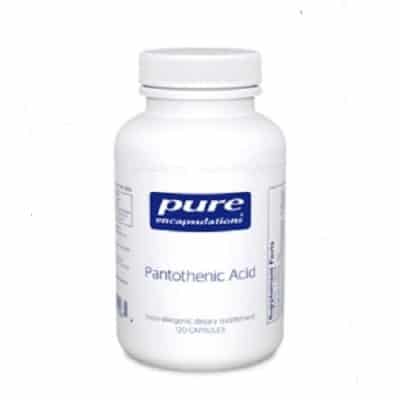
Pantothenic Acid
Original price was: $ 19.95.$ 17.95Current price is: $ 17.95. -
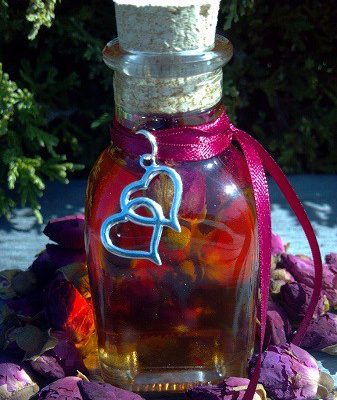
Passion Potion Perfume Oil
$ 24.95 -
Sale!

Peacefulmind.com Home Spa
Original price was: $ 120.00.$ 79.00Current price is: $ 79.00.

How We Age
Scientists agree that one of the most significant factors contributing to aging is chronic inflammation. [1]. As we age, we tend towards a number of identifiable inflammatory diseases. Chronic inflammation damages the cells of our brains, heart, arterial walls, and other body structures. Heart disease, Alzheimer’s, senility, Parkinson’s, rheumatoid arthritis, psoriasis, prostatitis and stroke are just a few of the diseases of aging attributed to chronic inflammation.
Anti-aging therapy or graceful aging, is actually a combination of different therapies used to slow and/or reverse human aging. One of the fastest growing segments of medicine today is anti-aging and longevity medicine. The methods showing scientific promise in slowing the aging process and extending the lifespan in mammals is caloric restriction, decreasing cellular inflammation due to free radicals, exercise and the power behind social relationships.
Anti-aging therapies can make a difference in such inflammatory diseases and aging disorders such as:arthritis, anger, dementia depression, diabetes, excess weight,fear, menopause, pain, psoriasis, smoking, stress, sunburn.

Theories of Aging
The Rule of Thirds basically looks at the decline in functionality as we age. One third of functional decline is due to the result of disease. Another third is believed to be the result of inactivity. The last third is actually due to the aging process itself.
The Damage Theories primarily looks at the damage that our cells incur over time. This looks at Extrinsic aging which is the aging process compounded by externally caused factors. With this concept, aging results from gradual damage on the cellular level from such things as protein degradation, gene mutation, autoimmune processes and the accumulation of toxins and degenerative substances
The Programmed Theories are primarily concerned with the genetics of how long and how efficient our cells can maintain optimum health. This looks at Intrinsic aging which is aging due to the rate of passing time. As cells in the body cycle, over time, their rate of replication decreases until they can no longer repeat their sequence and the cell dies. There is also an age associated decline in T cell function and degenerative vascular disease.
| Systems Affected | Change Noted | Age Span (years) |
| Height | Average loss 2 inches | 40 - 80 |
| Weight (men) | peaks 50's then declines | 50 - 80 |
| Weight (women) | peaks 60's then declines | 40 - 80 |
| Total body water | (-) 60% men (-)46% women | 20 - 80 |
| Muscle mass | (-) 30% | 30 - 70 |
| Taste buds | (-) 70-% | 30 - 70 |
| Max heart rate | 195 to 155 bpm | 25 - 70 |
| Lung capacity | (-) 17% | 30 - 70 |
| Renal profusion | (-) 50% | 30 - 80 |
| Prostate gland | double in size | 20 - 80 |
| Cerebral blood flow | (-) 20% | 30 - 70 |
| Bone mineral content | (-) 30% women (-) 15% men | 40 - 80 |
| Brain Weight | (-) 7% | 20 -80 |
| Light reaching retina | (-) 70% | 20 - 65 |
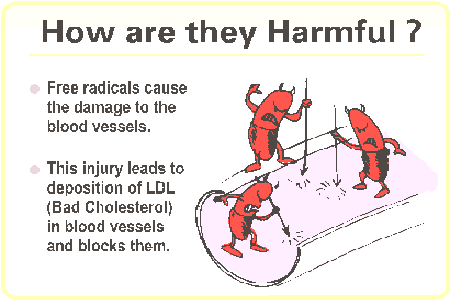
Free Radicals
Free radicals are atoms or groups of atoms that have at least one unpaired electron, which makes them highly reactive. Free radicals promote beneficial oxidation that produces energy and kills bacterial invaders. However, in excess, they produce harmful oxidation or oxidative stress that can damage cell membranes and cell contents. [2]. These free radicals cause inflammation.

Sugar and Inflammation
One of the reasons inflammation occurs is from a rapid rise in blood sugar, which causes biochemical changes in the cell. Staying away from sugar and high-glycemic (simple) carbohydrates, which the body rapidly converts to sugar, is one of the best ways to decrease inflammation. C-reactive protein (CRP) is a key factor of inflammation.

Anti-Aging Enemies
From too much sugar to over exposure of UVA/UVB rays, these are just some of the many causes which accelerate the aging process. In this article, you will discover why you need to pay attention to the factors that are in your life on a daily basis that are causing you harm. Stop rapid aging by controlling these top 10 factors!
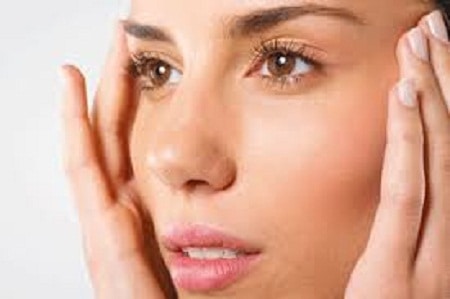
Top 10 “Secrets” for Graceful Aging
The Harvard Study of Adult Development, the longest, most comprehensive examination of aging ever conducted. Since the 1930s, researchers have studied more than 824 men and women, following them from adolescence into old age, seeking clues to the behaviors that translate into happy and healthy longevity. The book “Aging Well”, by Harvard Medical School Psychiatrist, George Vaillant has acquired the results of these studies that track the physical and emotional well-being of the 824 men and women from every social strata. The Harvard study found that we are better off becoming preoccupied with the following factors that turned out to be most predictive of whether we’d move successfully through middle age and into our 80’s:

The Major Players
Antioxidants are a classification of several organic substances, which include vitamins C and E, vitamin A (converted from beta-carotene), selenium, alpha lipoic acid, and carotenoids. Together as antioxidants, these substances are thought to be effective in helping to prevent certain cancers, [6, 27] cardiovascular disease, [7] and cataracts [8]. At the cellular level, antioxidants serve to deactivate certain free radicals in turn helping to decrease inflammation. [9,28]. The best source for antioxidants are in fruits and vegetables.
| Alpha Lipoic Acid | Carnitine | CoQ10 |
| DHEA | DIM | DMAE |
| Essential Fatty Acids | Lutein | Lycopene |
| Stevia | Vitamin C | Vitamin E |
| 5HTP |

Skin Care
Skin care at any age and during every season is important. Your largest organ (your skin) needs attention, especially during times of transition from one season to the next. Here you will find the top 10 methods for keeping your skin supple and beautiful!

Eat to Stay Young
If you want to stay young, you have to make a long-term commitment to eating right. The word from researchers: Tipping the balance toward more nutrient-rich foods while you’re still young can go a long way toward keeping you healthier longer.
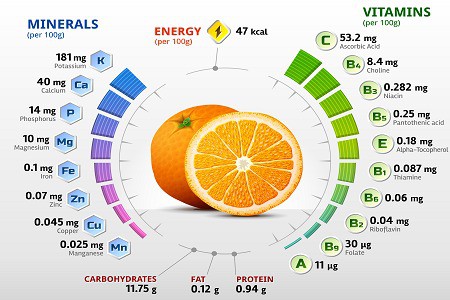
Vitamin Therapy
Vitamins are potent organic compounds, which are found in small concentrations in foods. They perform specific and vital functions in the body chemistry. They are like electric sparks which help to run human motors.

Exercise Your Right
Physical fitness needs to be “sensible mild to moderate exercise” that you enjoy. It also works best when you “schedule” it into your day like every other routine that you do. You eat breakfast, you go to work, you schedule a meeting…. you do the same with exercise!
References 1-44.
1.Lindahl, B. et al. Markers of myocardial damage and inflammation in
relation to long-term mortality in unstable coronary artery disease.
FRISC Study Group. Fragmin during Instability in Coronary Artery
Disease. New. England Journal of Medicine. 2000 Oct 19; 343(16): 1139
47.
2 Brod, S.A. Unregulated inflammation shortens human functional
longevity. Inflamm. Res. 2000 Nov; 49(11): 561-70.
3. Lindahl et al. 2000 Oct 19; 343(16): 1139 47. Packard et al. 2000;
287:3223-3237 Rader 2000 3261-3263, The New England Journal of
Medicine 2000
4. Licinio, J., Wong, M.L. The role of inflammatory mediators in the
biology of major depression: central nervous system cytokines
modulate the biological substrate of depressive symptoms, regulate
stress-responsive systems, and contribute to neurotoxicity and
neuroprotection. Mol. Psychiatry 1999 Jul; 4(4): 317 27.
5. Sitzer, M., Markus, H.S., Mendall, M.A., Liehr, R., Knorr,
U., Steinmetz, H. C-reactive protein and carotid intimal medial
thickness in a community population. J. Cardiovasc. Risk 2002 Apr; 9
(2): 97-103.
6. Mantovani G, Maccio A, Madeddu C, Mura L, Gramignano G, Lusso MR,
Murgia V, Camboni P, Ferreli L, Mocci M, Massa E. “The impact of
different antioxidant agents alone or in combination on reactive
oxygen species, antioxidant enzymes and cytokines in a series of
advanced cancer patients at different sites: correlation with disease
progression”. Free Radic Res. 2003 Feb;37(2):213-23. Department of
Medical Oncology, University of Cagliari, Cagliari, Italy.
7. Gokce N, Keaney JF, Jr., Frei B, et al. Long-term ascorbic acid
administration reverses endothelial vasomotor dysfunction in patients
with coronary artery disease. Circulation. 1999;99(25):3234-3240.
8. Jacques PF: The potential preventive effects of vitamins for
cataract and age-related macular degeneration. Int J Vit Nutr Res
1999; 69:198-205.
9. Erlinger TP, Arch INtern Med 2001 Aug 13-27; 161(15):1903-8
10. Gokce N, Keaney JF Jr, Frei B, Holbrook M, Olesiak M, Zachariah
BJ, Leeuwenburgh C, Heinecke JW, Vita JA. Long-term ascorbic acid
administration reverses endothelial vasomotor dysfunction in patients
with coronary artery disease. Circulation, Jun 29;99 (25):3234-40
11. Childs A, Jacobs C, Kaminski T, Halliwell, B and C, Leeuwenburgh.
Supplementation with vitamin C and N-acetyl-cysteine increases
oxidative stress in humans after an acute muscle injury induced by
eccentric exercise. Free Radical Biology Med, 2001;13(6):745-753.
11.A Zempleni J, Trusty TA, Mock DM. Lipoic acid reduces the activities
carboxylases in rat liver. J Nutr 1997;127:1776�81.
12. Devaraj, S., Jialal, I. Alpha tocopherol supplementation
decreases serum C-reactive protein and monocyte interleukin-6 levels
in normal volunteers and type 2 diabetic patients. Free Radical
Biology Med. 2000 Oct 15; 29(8): 790 2.
13. Devaraj, S., Jialal, I. Alpha tocopherol supplementation
decreases serum C-reactive protein and monocyte interleukin-6 levels
in normal volunteers and type 2 diabetic patients. Free Radical
Biology Med. 2000 Oct 15; 29(8): 790 2.
14. Dr. Marianne J. Engelhart of the Erasmus Medical Center in
Rotterdam, the Netherlands: Those with the highest intake of vitamin
C and vitamin E from food appeared to be the least likely to develop
Alzheimer’s disease. The Journal of the American Medical Association.
6/26/03
15. Meydani M. Vitamin E and prevention of heart disease in high-risk
patients. Nutr Rev 2000;58:278-81.
16. 1993, The New England Journal of Medicine published two
epidemiologic studies which found that people who took vitamin E
supplements had fewer deaths from heart disease.
17. Heinonen OP, Albanes D, Virtamo J, Taylor PR, Huttunen JK,
Hartman AM, Haapakoski J, Malila N, Rautalahti M, Ripatti S, Maenpaa
H, Teerenhovi L, Koss L, Virolainen M, Edwards BK. Prostate cancer
and supplementation with alpha-tocopherol and beta-carotene:
incidence and mortality in a controlled trial. Department of Public
Health, University of Helsinki, Finland. Journal National Cancer
Institute. 1998 Mar 18;90(6):440-6, 441-7.
18. Giovannucci E, Ascherio A, Rimm EB, Stampfer MJ, Colditz GA,
Willerr WC. Intake of carotenoids and retinol in relation to risk of
prostate cancer. J Natl Cancer Inst 87:1767-1776, 1995
19. Dorgan JF, Sowell A, Swanson CA, Potischman N, Miller R.
Schussler N, Stephenson HEJr. Relationships of serum carotenoids,
retinol, a-tocopherol and selenium with breast cancer risk: results
from a prospective study in Columbia, Missouri (United States).
Cancer Causes Control 9:89-97, 1998
20. Antioxidants and age-related macular degeneration. Age-Related
Macular Degeneration Study Group. Journal of the American Optometric
Association. January 1996–Vol 67, No. 1.
21. Farr SA, Poon HF, Dogrukol-Ak D, Drake J, Banks WA, Eyerman E,
Butterfield DA, Morley JE. “The antioxidants alpha-lipoic acid and N-
acetylcysteine reverse memory impairment and brain oxidative stress
in aged SAMP8 mice.” Geriatric Research Education and Clinical Center
(GRECC), VA Medical Center (151/JC), 915 N. Grand Boulevard, St.
Louis, MO 63109, USA.
22. Moini H, Packer L, Saris NE. Antioxidant and pro-oxidant
activities of alpha-lipoic acid and dihydrolipoic acid. Toxicol Appl
Pharmacol 2002 Jul 182:84-90
23. Lopez-Burillo S, Tan DX, Mayo JC, Sainz RM, Manchester LC, Reiter
RJ.
Melatonin, xanthurenic acid, resveratrol, EGCG, vitamin C and alpha-
lipoic acid differentially reduce oxidative DNA damage induced by
Fenton reagents: a study of their individual and synergistic
actions. Department of Biochemistry, Molecular Biology and
Physiology, School of Medicine, University of Valladolid, Valladolid,
Spain. 2001
24. Gregory JF, 3rd. Ascorbic acid bioavailability in foods and
supplements. Nutr Rev. 1993;51(10):301-303.
25. DeRitter E. Physiologic availability of dehydro-L-ascorbic acid
and palmitoyl-L-ascorbic acid. Science. 1951;113:628-631.
26. Johnston CS, Luo B. Comparison of the absorption and excretion of
three commercially available sources of vitamin C. J Am Diet Assoc.
1994;94(7):779-781.
27. Padayatty SJ, Levine M. Reevaluation of ascorbate in cancer
treatment: emerging evidence, open minds and serendipity. Journal
American College Nutrition. 2000;19(4):423-425.
28. Boylan MT, Crockard AD, Duddy ME, Armstrong MA, McMillan SA,
Hawkins SA. Interferon-beta 1a administration results in a transient
increase of serum amyloid A protein and C-reactive protein:
comparison with other markers of inflammation. Immunology Letters
2001; 75: 191-197.
29. Kamal-Eldin A, Appelqvist LA. The chemistry and antioxidant
properties of tocopherols and tocotrienols. Lipids 1996;31:671�701
[review].
30. Kamat JP, Devasagayam TPA. Tocotrienols from palm oil as potent
inhibitors of lipid peroxidation and protein oxidation in rat brain
mitochondria. Neurosci Lett 1995;195:179�82.
31. Theriault A, Chao JT, Wang Q, et al. Tocotrienol: a review of its
therapeutic potential. Clin Biochem 1999;32:309�19 [review].
32. Suarna C, Hood RL, Dean RT, Stocker R. Comparative antioxidant
activity of tocotrienols and other natural lipid-soluble antioxidants
in a homogeneous system, and in rat and human lipoproteins. Biochim
Biophys Acta 1993;1166:163�70.
33. Albanes D, Heinonen OP, Taylor PR, Virtamo J, Edwards BK,
Rautalahti M, Hartman AM, Palmgren J, Freedman LS, Haapakoski J,
Barrett MJ, Pietinen P, Malila N, Tala E, Liippo K, Salomaa ER,
Tangrea JA, Teppo L, Askin FB, Taskinen E, Erozan Y, Greenwald P,
Huttunen JK. Beta Carotene and Lung Cancer., J Natl Cancer Inst.
1996 Nov 6;88(21):1560-70.
34. Serum retinol levels and the risk of fracture. K. Micha�son, H.
Lithell, B. Vessby, et al., New Engl J Med, 2003, vol. 348, pp. 287�
294
35. Burke BE, et al. Randomized, double-blind, placebo-controlled
trial of coenzyme Q10 in isolated systolic hypertension. South Med J
2001 Nov;94(11):1112-7.
36. Watts GF, et al. Coenzyme Q(10) improves endothelial dysfunction
of the brachial artery in Type II diabetes mellitus. Diabetologia
2002 Mar;45(3):420-6.
37. Ebadi M, Govitrapong P, Sharma S, Muralikrishnan D, Shavali S,
Pellett L, Schafer R, Albano C, Eken J. Ubiquinone (coenzyme q10)
and mitochondria in oxidative stress of parkinson’s disease. Biol
Signals Recept 2001 May-Aug;10(3-4):224-53
38. Tran MT, Mitchell TM, Kennedy DT, Giles JT. Role of coenzyme Q10
in chronic heart failure, angina, and hypertension. Pharmacotherapy
2001 Jul;21(7):797-806
39. Singh RB, Niaz MA Genetic variation and nutrition in relation to
coronary artery disease. J Assoc Physicians India 1999 Dec;47
(12):1185-90
40. Langsjoen H, Langsjoen P, Langsjoen P, Willis R, Folkers K.
Usefulness of coenzyme Q10 in clinical cardiology: a long-term study.
Mol Aspects Med 1994;15 Suppl:s165-75
41. Langsjoen PH, Langsjoen PH, Folkers K. Isolated diastolic
dysfunction of the myocardium and its response to CoQ10 treatment.
Clin Investig 1993;71(8 Suppl):S140-4
42. Overvad K, Diamant B, Holm L, Holmer G, Mortensen SA, Stender S.
Coenzyme Q10 in health and disease.Eur J Clin Nutr 1999 Oct;53
(10):764-70
43. Beck J, et al: Periodontal disease and cardiovascular disease. J
Periodontal 67 (suppl): 1123-1137,1996.
44. Shults CW, Oakes D, Kieburtz K, Beal MF, Haas R, Plumb S, Juncos
JL, Nutt J, Shoulson I, Carter J, Kompoliti K, Perlmutter JS, Reich
S, Stern M, Watts RL, Kurlan R, Molho E, Harrison M, Lew M; Parkinson
Study Group. Effects of coenzyme Q10 in early Parkinson disease:
evidence of slowing of the functional decline. Arch Neurol 2002 Oct;59
(10):1541-50
References 45 - 88.
45. Birkmayer, J.G.D., Coenzyme Nicotinamide Adenine Dinucleotide �
New Therapeutic Approach for Improving Dementia of the Alzheimer
Type. Ann Clin and Lab Science 26(1):1-9, 1996
46. White KP, Speechley M, Harth M, Ostbye T. The London fibromyalgia
epidemiology study: the prevalence of fibromyalgia syndrome in
London, Ontario. J Rheumatol, 1999;26:1570-1576.
47. Ferris SH, Sathananthan G, Gershon S, et al. Senile dementia.
Treatment with Deanol. J Am Ger Soc 1977;25:241�44.
48. Fisman M, Mersky H, Helmes E. Double-blind trial of 2-
dimethylaminoethanol in Alzheimer’s disease. Am J Psych 1981;138:970�
72.
49. Pfeiffer, C., et al. Stimulant effect of 2-Dimethyl-l-
aminoethanol (DMAE): Possible precursor of brain acetylcholine.
Science. 126:610-611, 1957.
.50. Murphree, H. B., et al. The stimulant effect of 2-
diethylaminoethanol (DMAE) in human volunteer subjects. Clinical
Pharmacology and Therapeutics. 1:303-310, 1960.
51. Ceder, G., et al. Effects of 2-Dimethylaminoethanol (DMAE) on the
metabolism of choline in plasma. Journal of Neurochemistry. 30:1293-
1296, 1978.
52. Zs-Nagy, I., et al. On the role of cross-linking of cellular
proteins in aging. Mech Aging Dev. 14:245-251, 1980.
53. Passeri, M., et al. Acetyl-L-carnitine in the treatment of mildly
demented elderly patients. International Journal of Clinical
Pharmacology Research. 10(1-2):75-79, 1990.
54. Pettegrew, J. W., et al. Clinical and neurochemical effects of
acetyl-L-carnitine in Alzheimer’s disease. Neurobiol Aging. 16:1-4,
1995.
55. Rai, G., et al. Double-blind, placebo controlled study of acetyl-
L-carnitine in patients with Alzheimer’s dementia. Current Medical
Research and Opinion. 11(10):638-647, 1989.
56. Sano, M., et al. Double-blind parallel design pilot study of
acetyl levocarnitine in patients with Alzheimer’s disease. Arch
Neurol. 49:1137-1141, 1992.
57. De Falco, F. A., et al. Effect of the chronic treatment with L-
acetylcarnitine in Down’s syndrome. Clin Ther. 144:123-127, 1994.
58. Ridker PM, Hennekens CH, Buring JE, et al. C-reactive protein and
other markers of inflammation in the prediction of cardiovascular
disease in women. New England Journal of Medicine, 2000;342:836-843.
59. Pradhan AD, Manson JE, Rifai N, et al. C-reactive protein,
interleukin-6, and risk of developing type 2 diabetes mellitus. JAMA,
2001;286:327-334.
60. Festa A, D’Agostino R, Howard G, et al. Chronic subclinical
inflammation as part of the insulin resistance syndrome. The insulin
resistance atherosclerosis study (IRAS). Circulation, 2000;102:42-47.
61. Manson JE, Buring HE, et al. Relation between a diet with a high
glycemic load and plasma concentrations of high-sensitivity C-
reactive protein in middle-aged women. American Journal of Clinical
Nutrition, 2002;75:492-498.
62. Simin Liu, M.D., Ph.D., found that women who ate large amounts of
high-glycemic (or diabetes promoting) carbohydrates, including
potatoes, breakfast cereals, white bread, muffins, and white rice,
had very high CRP levels. Harvard Medical Journal 2000 Oct 19; 343
(16): 1139 47.
63. Lau CS, Morley KD, Belch JJF. Effects of fish oil supplementation
on non-steroidal anti inflammatory drug requirement in patients with
mild rheumatoid arthritis – a double-blind placebo controlled study.
British Journal of Rheumatology, 1993;32:982-989.
64. Curtis CL, Hughes CE, Flannery CR, et al. n-3 fatty acids
specifically modulate catabolic factors involved in articular
cartilage degradation. Journal of Biological Chemistry, 2000;275:721
724.
65. Zurier RB, Rossetti RG, Jacobson EW, et al. Gamma-linolenic acid
treatment of rheumatoid arthritis. A randomized, placebo-controlled
study. Arthritis & Rheumatism, 1996;11:1808 1817.
66. Ebeling P, Koivisto VA. Physiological importance of
dehydroepiandrosterone. Lancet 1994;343:1479-81.
67. Stomati M, Rubino S, Spinetti A, et al. Endocrine, neuroendocrine
and behavioral effects of oral dehydroepiandrosterone sulfate
supplementation in postmenopausal women. Gynecol Endocrinol
1999;13:15-25.
68. Labrie F, Belanger A, Simard J, et al. DHEA and peripheral
androgen and estrogen formation: Intracrinology. Ann NY Acad Sci
1995;774:16-28.
69. Reiter WJ, Pycha A, Schatzl G, et al. Dehydroepiandrosterone in
the treatment of erectile dysfunction: a prospective, double-blind
randomized, placebo-controlled study. Urology 1999;53:590-5.
70. Khorram O, Vu L, Yen SS. Activation of immune function by
dehydroepiandrosterone (DHEA) in age-advanced men. J Gerontol A Biol
Sci Med Sci 1997;52:M1-7.
71. Casson PR, Andersen RN, Herrod HG, et al. Oral
dehydroepiandrosterone in physiologic doses modulates immune function
in postmenopausal women. Am J Obstet Gynecol 1993;169:1536-9.
72. Morales AJ, Nolan JJ, Nelson JC, Yen SSC. Effects of replacement
dose of DHEA in men and women of advancing age. J Clin Endorcrionol
Metab 1994;78:1360.
73. Wolkowitz OM, Reus VI, Keebler A, et al. Double-blind treatment of
major depression with dehydroepiandrosterone. Am J Psychiatry
1999;156:646-9.
74. Bloch M, Schmidt PJ, Danaceau MA, et al. Dehydroepiandrosterone
treatment of midlife dysthymia. Biol Psychiatry 1999;45:1533-41.
75. Wolf OT, Neumann O, Hellhammer DH, et al. Effects of a two-week
physiological dehydroepiandrosterone substitution on cognitive
performance and well-being in healthy elderly women and men. J Clin
Endocrinol Metab 1997;82:2263-7.
76. Gaby AR. Research review. Nutr Healing, 1996;Jan:7.
77. Casson PR, Buster JE. DHEA replacement after menopause: HRT 200
or nostrum of the `90s? Contemporary OB/GYN 1997;Apr:119�33.
78. Arlt W, Justl HG, Callies F, et al. Oral dehydroepiandrosterone
for adrenal androgen replacement: pharmacokinetics and peripheral
conversion to androgens and estrogens in healthy young females after
dexamethasone suppression. J Clin Endocrinol Metab 1998;83:1928�34.
80. Malejka-Giganti D; Niehans GA; Reichert MA; et al., “Post-
initiation treatment of rats with indole-3-carbinol or beta-
naphthoflavone does not suppress 7, 12-dimethylbenz [a]anthracene-
induced mammary gland carcinogenesis.” Cancer Lett 2000 Nov 28;160
(2):209-18.
81. Kang JS, Kim DJ, Ahn B, Nam KT, Kim KS, Choi M, Jang DD. “Post-
initiation treatment with Indole-3-carbinol did not suppress N-methyl-
N-nitrosourea induced mammary carcinogenesis in rats.” Cancer Lett.
2001 Aug 28;169(2):147-54.
82. Vitamin E TPGS: One year Chronic Intubation Study in Dogs,
National Cancer Institute, Bethesda, MD 20892, 1994, IRDC Report 560-
041.
83. Argao EA, Heubi JE, Hollis BW, Tsang RC. “d-Alpha-tocopheryl
polyethylene glycol-1000 succinate enhances the absorption of vitamin
D in chronic cholestatic liver disease of infancy and childhood.”
Pediatr Res. 1992 Feb;31(2):146-50.
84. Sokol RJ, Butler-Simon N, Conner C, Heubi JE, Sinatra FR, Suchy
FJ, Heyman MB, Perrault J, Rothbaum RJ, Levy J, et al, “Multicenter
trial of d-alpha-tocopheryl polyethylene glycol 1000 succinate for
treatment of vitamin E deficiency in children with chronic
cholestasis.” Gastroenterology. 1993 Jun;104(6):1727-35.
85. Chen I, Safe S, Bjeldanes L. “Indole-3-carbinol and
diindolylmethane as aryl hydrocarbon (Ah) receptor agonists and
antagonists in T47D human breast cancer cells.” Biochem Pharmacol.
1996 Apr 26;51(8):1069-76.
86. Zumoff B, Does postmenopausal estrogen administration increase the
risk of breast cancer? Contributions of animal, biochemical, and
clinical investigative studies to a resolution of the controversey.
Proc. Soc. Exp. Biol. Med. 1998; 217: 30-37.
87. Farnsworth WE, Roles of estrogen and SHBG in prostate physiology.
The Prostate 1996; 28:17-23.
88. Krieg M., et al., Effect of aging on endogenous levels of 5-alpha-
dihydrotestosterone, testosterone, estradiol and estrone in
epithelium and stroma of normal and hyperplastic human prostate. J.
Clin. Endocrinol. Metab 1993; 77: 375-381
Study Energy Medicine at Home
The Peacefulmind.com Homestudy Courses make it possible for anyone to study energy medicine at home, on your time! These certifications programs are offered by the National Association of Holistic Wellness
*Transitions: The Transformational Guide and Workbook for Creating Great Health This is the culmination of years of Andrew Pacholyk, MS, L.Ac. clinical work. This is a manual you can use, whether you are healthy or ill or somewhere in between and you want to re-balance your mind, body and spirit to become the whole person you can be! This workbook gives you a plan to take care of yourself. It can be used over and over to find balance and keep yourself as healthy as possible. It gives you “tools” to use when and where you need them. It helps to evaluate where you are in your journey and offers ways to get you exactly where you want to be! Want to know more?
*Chakracology – A Workbook and Manual This workbook format allows you to look at the energy of the Chakra and how they affect us on a daily basis. The book allows you to work through each center on a mental, spiritual, as well as a physical level and then find ways to re-align, balance and manage your energy in a positive way! Want to know more?
*The Feng Shui Journal The Peacefulmind.com Feng Shui Journal makes it possible for you to improve relationships, maximize career potential and enhance your environment! * We are honored to offer the Feng Shui Journal for beginner to advanced Feng Shui practitioners. This journal covers an extensive background on Feng Shui techniques history, usage, clearing, cleansing, manifesting and helpful information in order to bring balance back into your life! Want to know more?
*The Crystal Astrologer Course – Sourcing Astrological Answers Through Crystals, is the culmination of years of research and clinical study that Andrew has done in his NYC practice with his own patients. In this study course we will use crystals for astrological exploration, divination, crystal remedies and many other uses. Crystals have been used for astrological divination throughout the centuries for their subtle vibrational nature, which is thought to be linked to the vibrational powers of the cosmos. Crystals open a path to self-discovery, wisdom and inner knowledge, as well as tuning us into our own intuition. Want to know more?
*The Crystal Divination Workbook: This is Andrew’s NEW workbook, which utilizes the power of crystals for divination purposes! Andrew includes in this workbook: crystal grids, pendulum work and techniques, metaphysical properties of crystals, his Crystal Oracle Cards…and much more! Want to know more?
*The “Color Elite” Color Therapy Certification Course Andrew Pacholyk, MS, L.Ac. has finally published his most complete healing course using the power of color and light therapy. This ultimate guide to chromotherapy teaches you about color and every aspect of it, how it is used in different therapeutic settings and how it has become such a great healing modality, no matter what profession you are in you will learn how to incorporate color into your daily life! Want to know more?
*The Crystal Light Crystal Therapy Course This incredible course is our biggest and most popular course on the internet! This is the study of crystals and how to heal with earth’s precious gems! Want to know more?
*The Healing Art of Touch – Massage Therapy Homestudy Learn the art of touch and massage therapy through Andrew’s very extensive course. Complete anatomy lessons, varied techniques and amazing information is offered in this course. Also learn the business aspects of massage, how to cope with clients that are difficult and energy transference are just a few of the many topics covered! Want to know more?
*What’s Your Heart Telling You? Finding Love and Romance – The Workbook and Journal Andrew Pacholyk, MS, L.Ac. has now published his newest work based on years of personal intimacy, clinical experience, counseling and client research on the ways to navigate love, sex, romance and relationships in a modern day world. Andrew has devised this very thorough workbook and journal with questionnaires, exercises, quotes, tips, meditations, feng shui, aromatherapy, massage and herbal applications for creating the perfect scenario for finding, coping and keeping love in your life! Want to know more?
What are your experiences with aging gracefully?
Sharing your own experiences often helps others. We’d love to know in the Peacefulmind Community.


